Thinking back on some of the most unique experiences I had while backpacking, the time I helped a Croatian family harvest over 450 pounds of olives for the production of extra virgin olive oil has to have been one of the most authentic and memorable life experiences I have ever had.
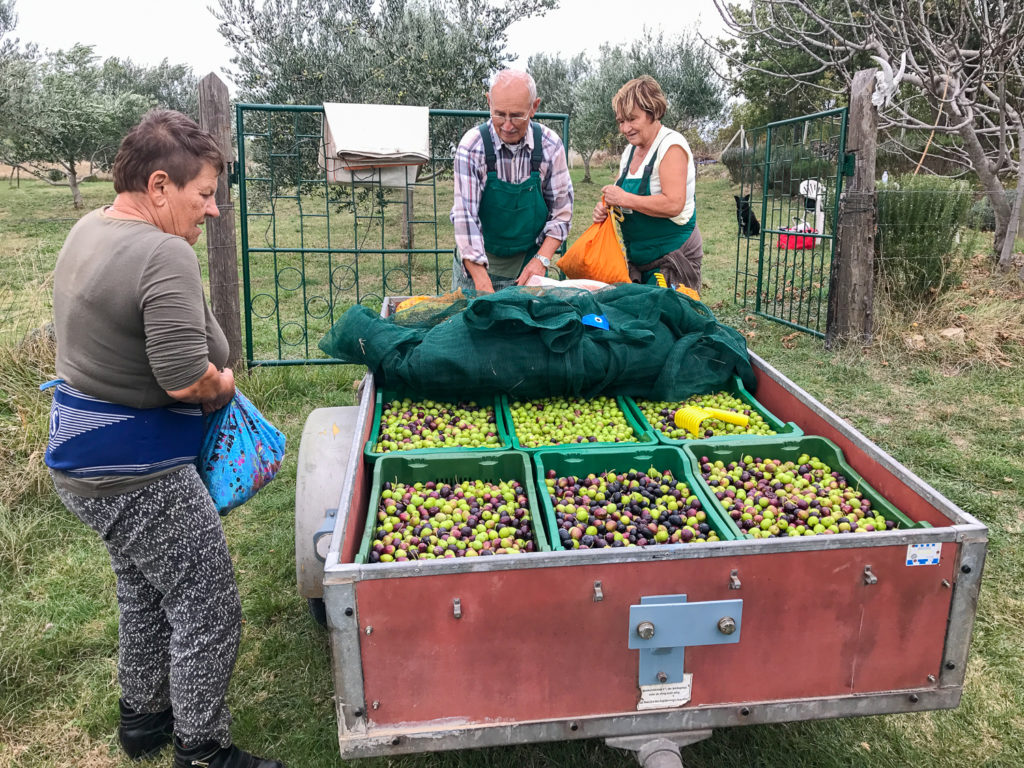
Given the opportunity to work on an olive grove for a day, being the olive oil-loving Italian that I am, I couldn’t possibly pass up the offer. To be able to help out AND get a first-hand glimpse into all the behind-the-scenes processes that occur before olive oil reaches the kitchen table? Sign me up.
Olive growing is a tradition that is passed down from one generation to the next. To learn about the trees was an honor.
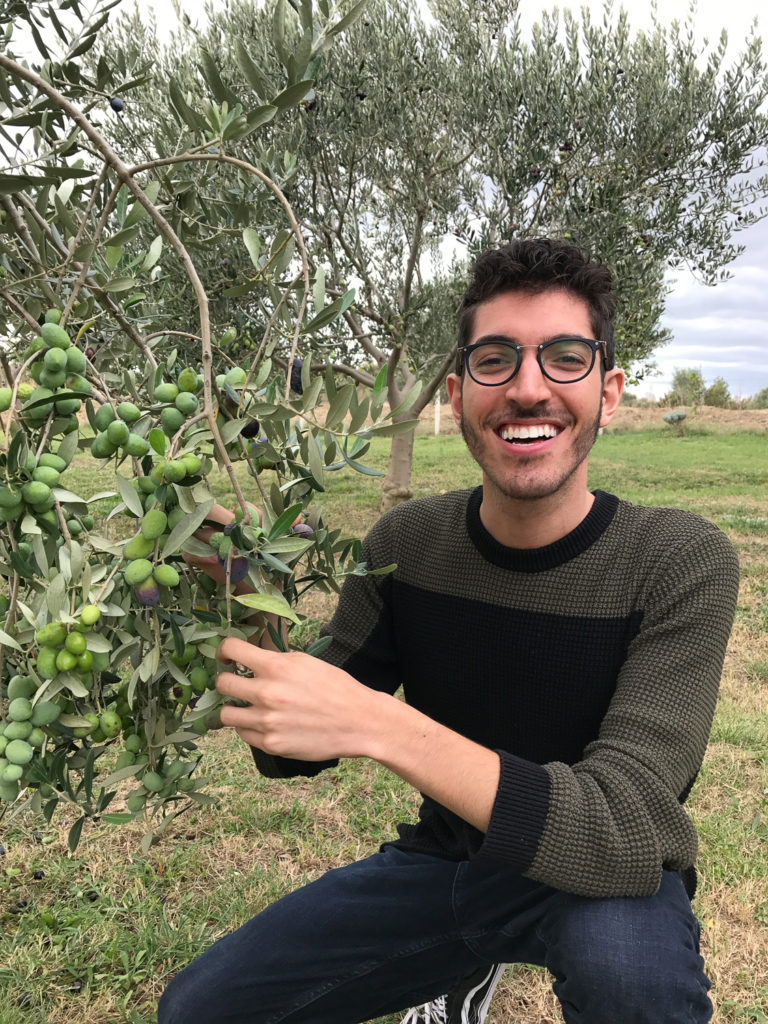
Table of Contents
Interesting Olive Facts
During the hours I spent picking, plucking, and raking a variety of olives from branches, I was taught facts about the olive tree to learn what makes this fruit so special.
Oh, and yes, in case you did not realize: an olive is considered a fruit.
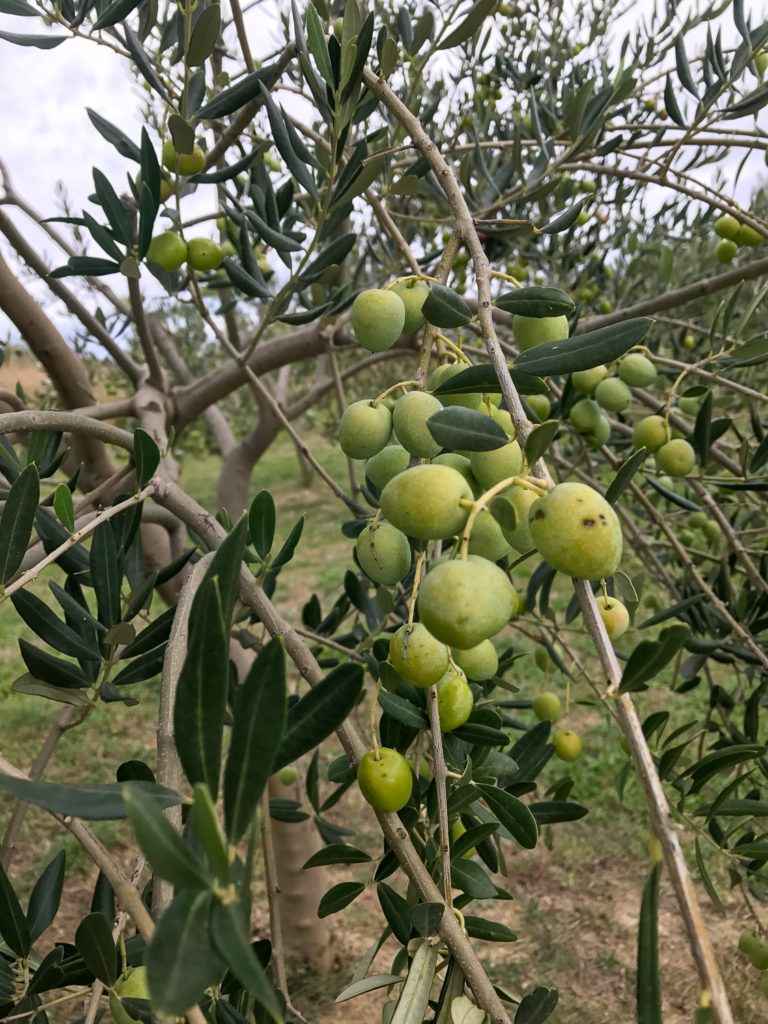
Olive Distribution Map
Countries located in the Mediterranean Basin are the world’s leading producers of olive oil. This geographical area includes countries such as Spain, Italy, Greece, and Croatia. Two-thirds of the world’s olive oil comes from these countries alone.
On the map above, you can see the Mediterranean basin area as well as where exactly I was located while I worked on the olive grove in Croatia!
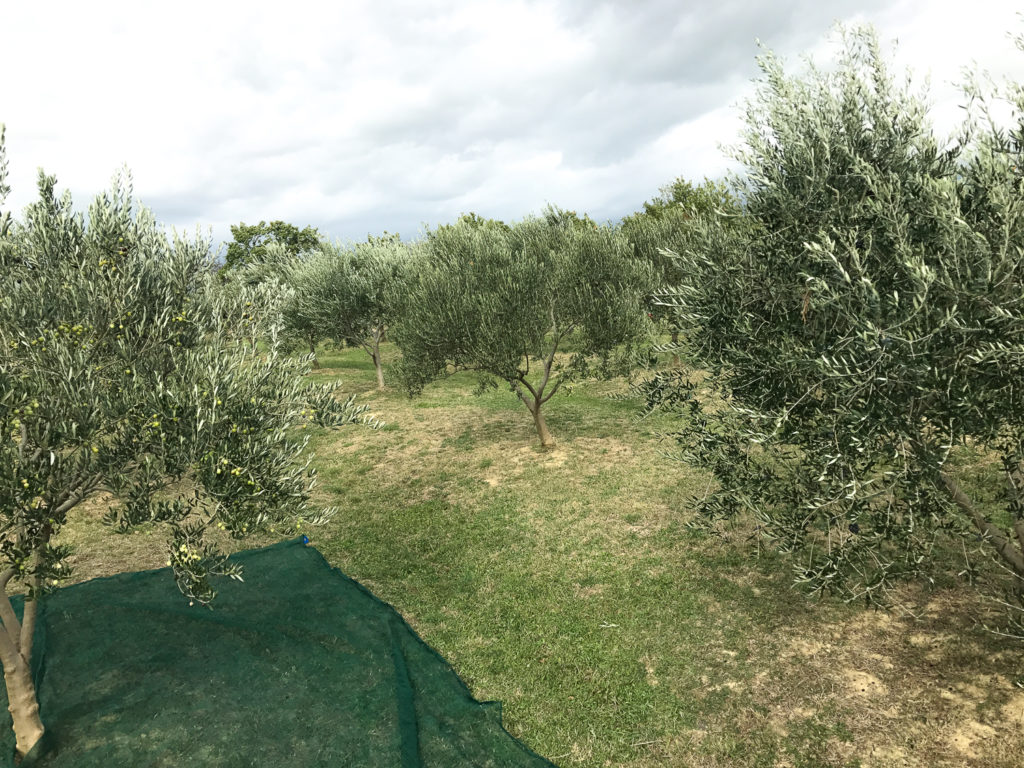
The land was located in Zadar and owned by a local family of Croats.
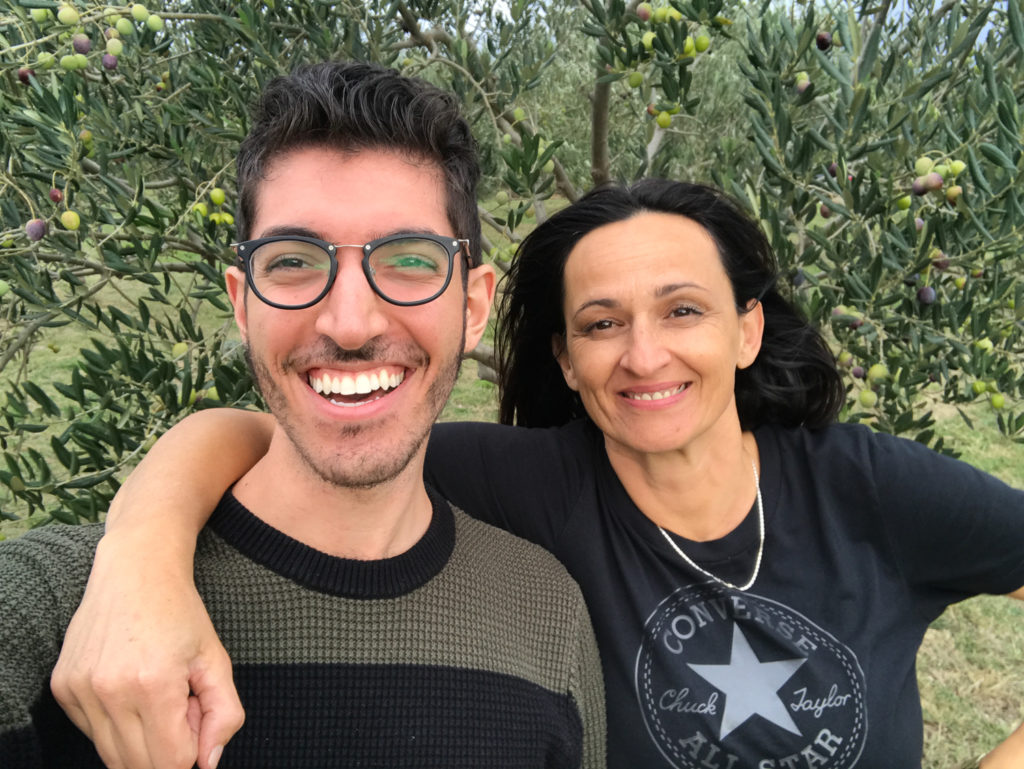
They had approximately 80 olive trees across their property and were happy to bring in some new help for the big project ahead of them. I was so excited to assist with it!
It was the first time in my life I’d ever even seen an olive tree!
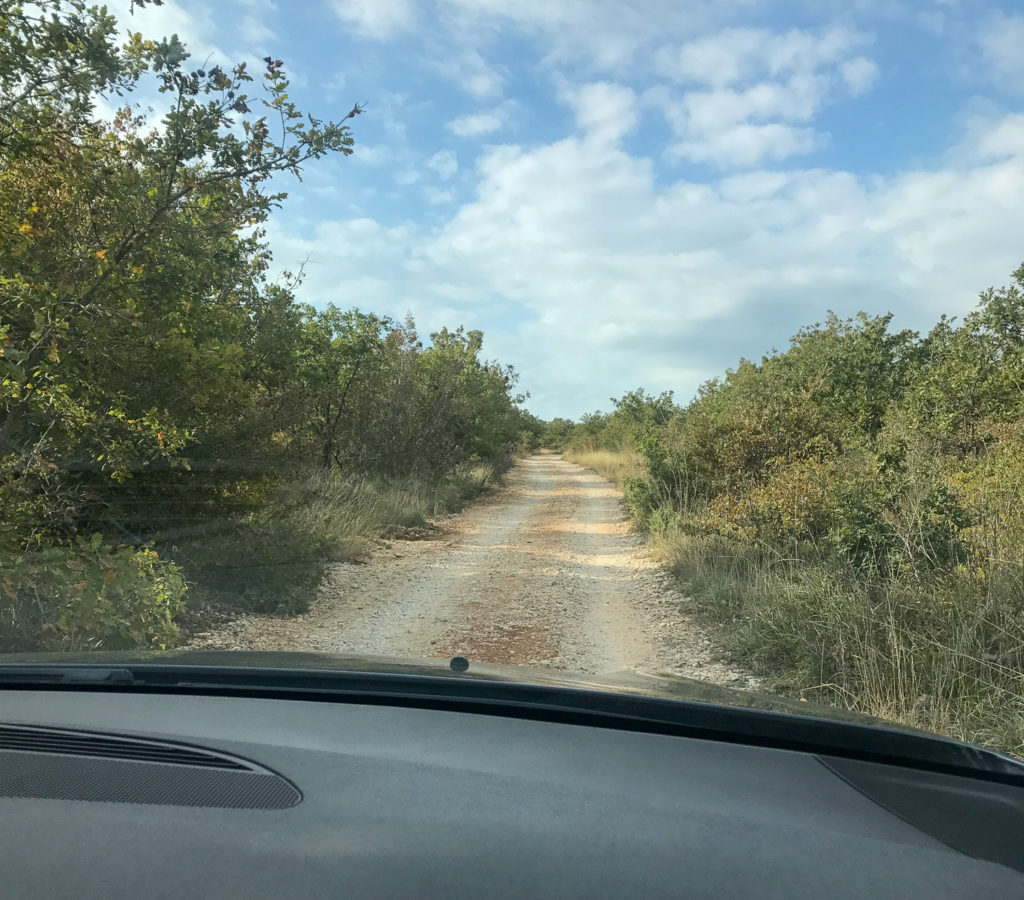
I didn’t have any cellular service that day because, naturally, the olive grove was located in a very remote area. No data or cellular service. It would just be me and the olive trees.
Not having access to a phone while being somewhere unfamiliar was a bit unnerving, but I totally trusted the family I was with. They made me feel very welcome and safe. Added bonus: they brought along their two dogs along! <3
Olive Fun Facts

- Olea europaea is the name of the most typical olive tree
- Olive trees are very hardy (drought, disease, & fire resistant)
- Many olive trees can live to be hundreds of years old
- Some olive trees are already scientifically verified to be 2,000+ years old!
- There is only one harvest & pressing per year per tree
When Are Olives Harvested?
The best time of year to harvest olives is a source of much controversy. Since trees only produce olives one time per year, it’s very important to time your harvest perfectly.
“Early Harvest” occurs in mid-to-late October.
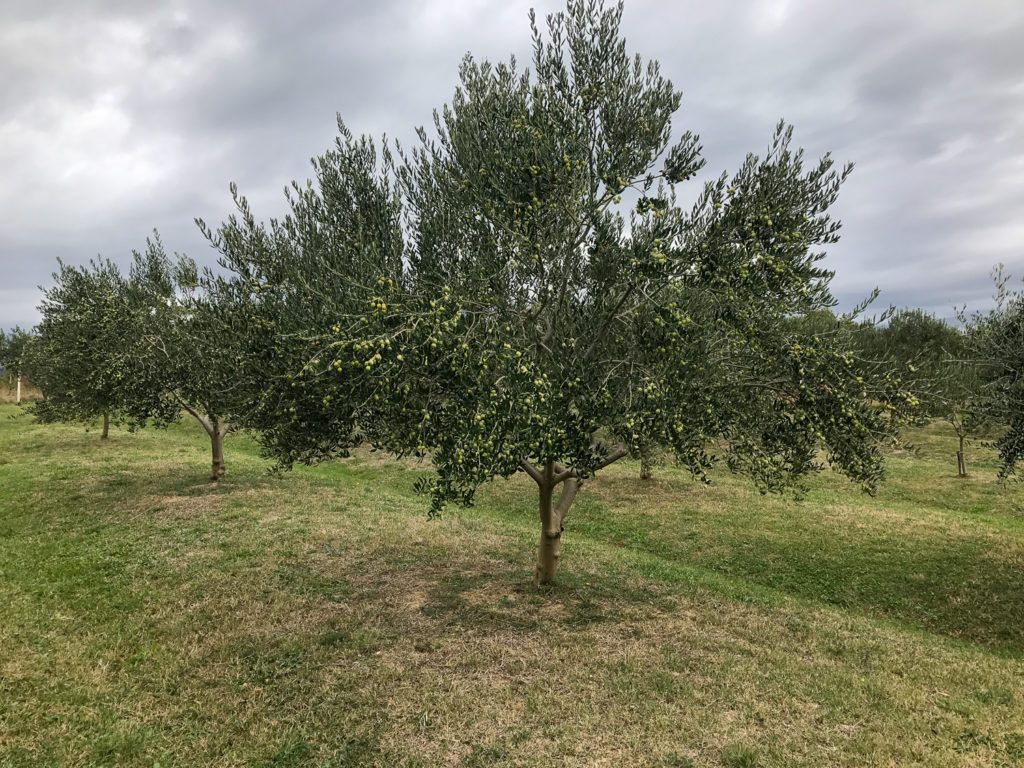
(This is precisely when we collected ours!)
Normally, the harvest takes place between late November and December. Olives should be collected when olives are at their prime peak of ripeness to preserve oil quality and low acidity levels in the resulting oil.
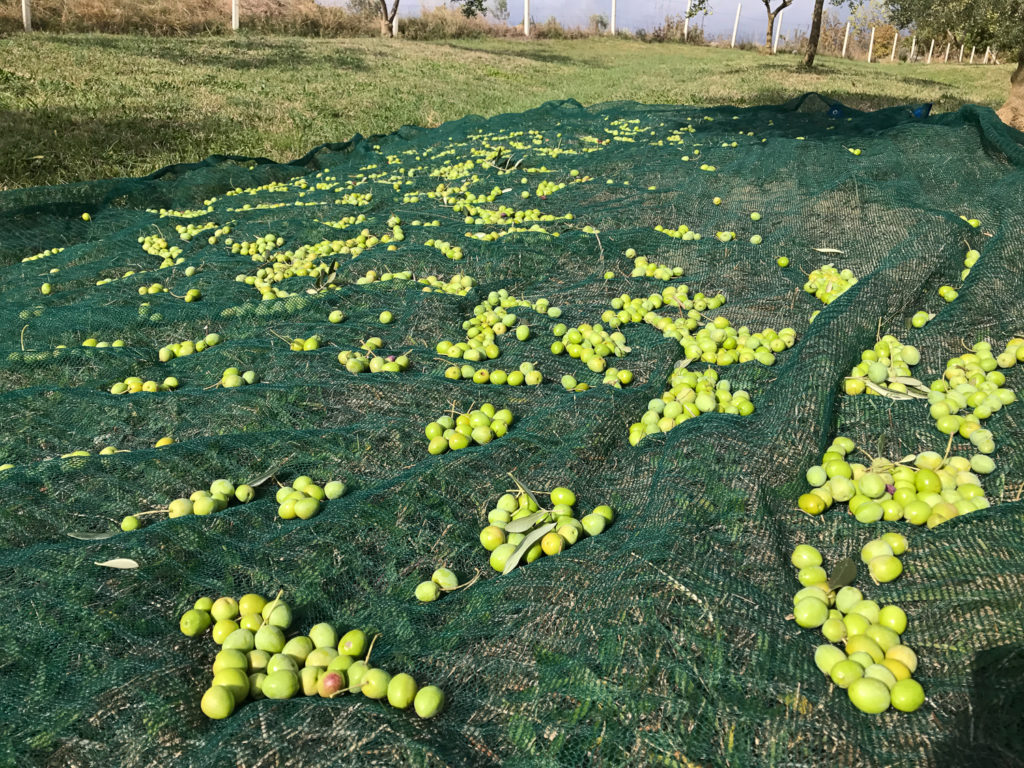
Olives that are too ripe produce more oil but of lesser quality. By harvesting ripe olives early, you ensure they will still be packed with the greatest amount of nutrients.
Health Benefits of Olive Oil
The best extra virgin olive oil will be densely packed with antioxidants and polyphenols.
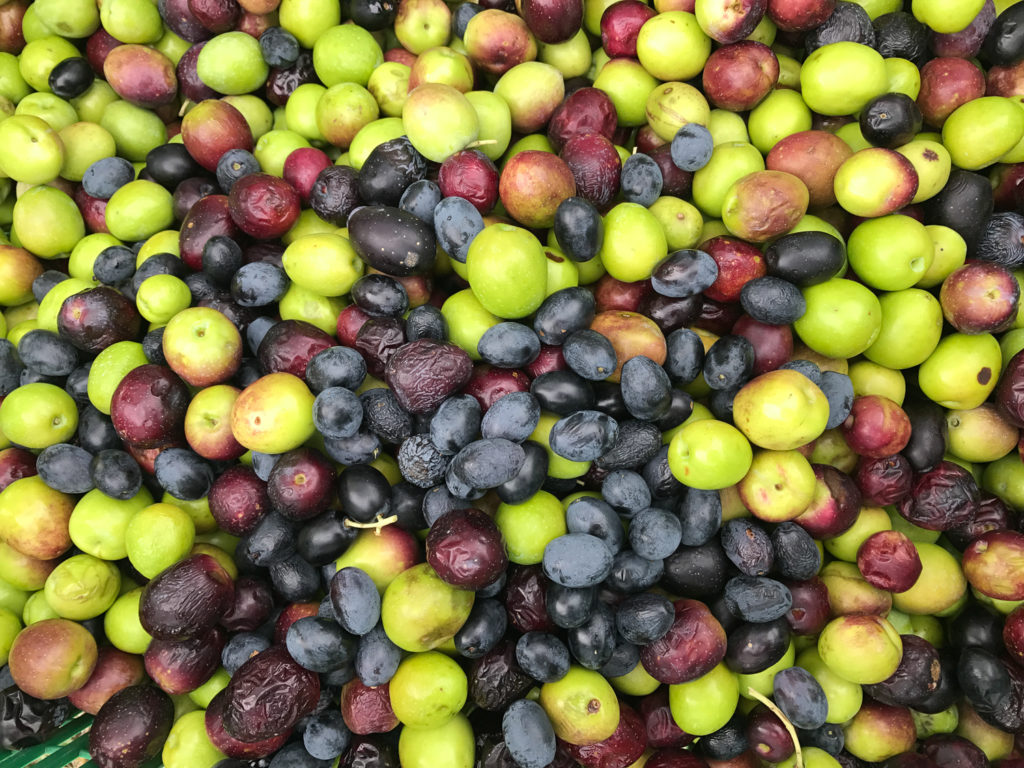
Olive oil has been produced and traded across the Mediterranean for thousands of years. It is a staple ingredient and precious commodity used for cosmetics, medicinal purposes, rituals, and even for illumination in ancient Roman lamps.
Additional health benefits of extra virgin olive oil include:
- Rich in healthy monounsaturated fats
- Strong anti-inflammatory properties
- May reduce risk of stroke
- May protect against heart disease
- May reduce risk of cancer, Alzheimer’s Disease, and Type 2 Diabetes
How to Grow an Olive Tree
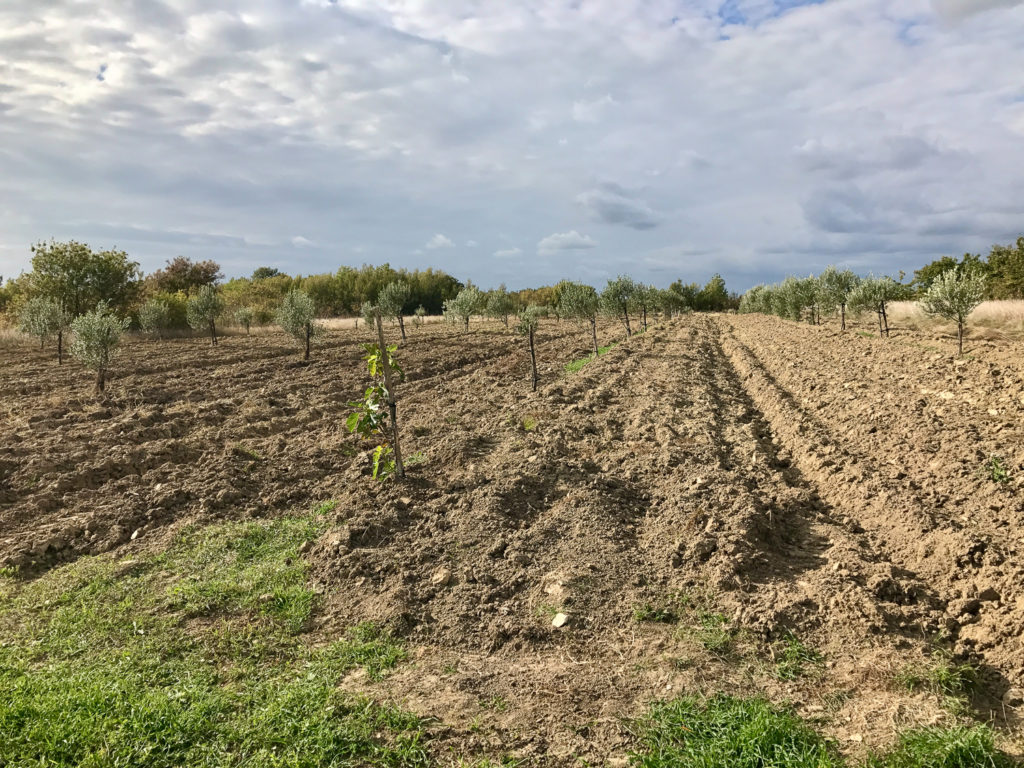
In this remote and isolated area, I began to learn from the locals about how they grow their olive trees.
The self-fertile, muted green olive trees are quite finicky to grow.
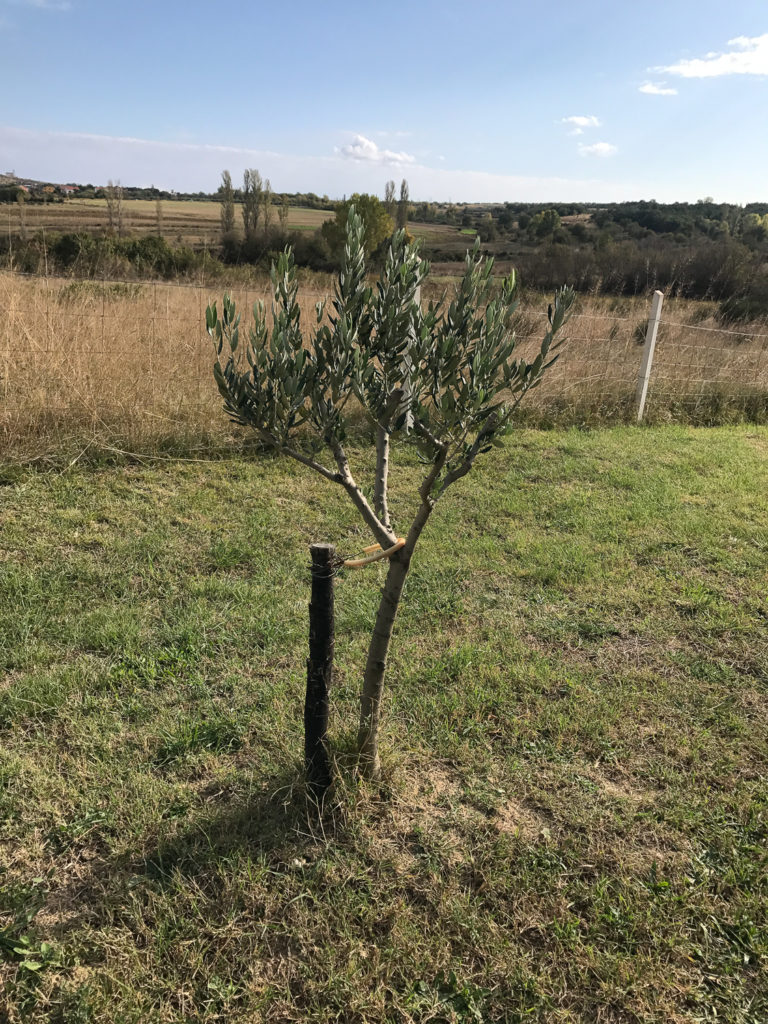
Trees must be planted on slightly angled land, never flat, to ensure cold currents can easily escape and to avoid frost. The soil must drain easily so water will not stagnate.
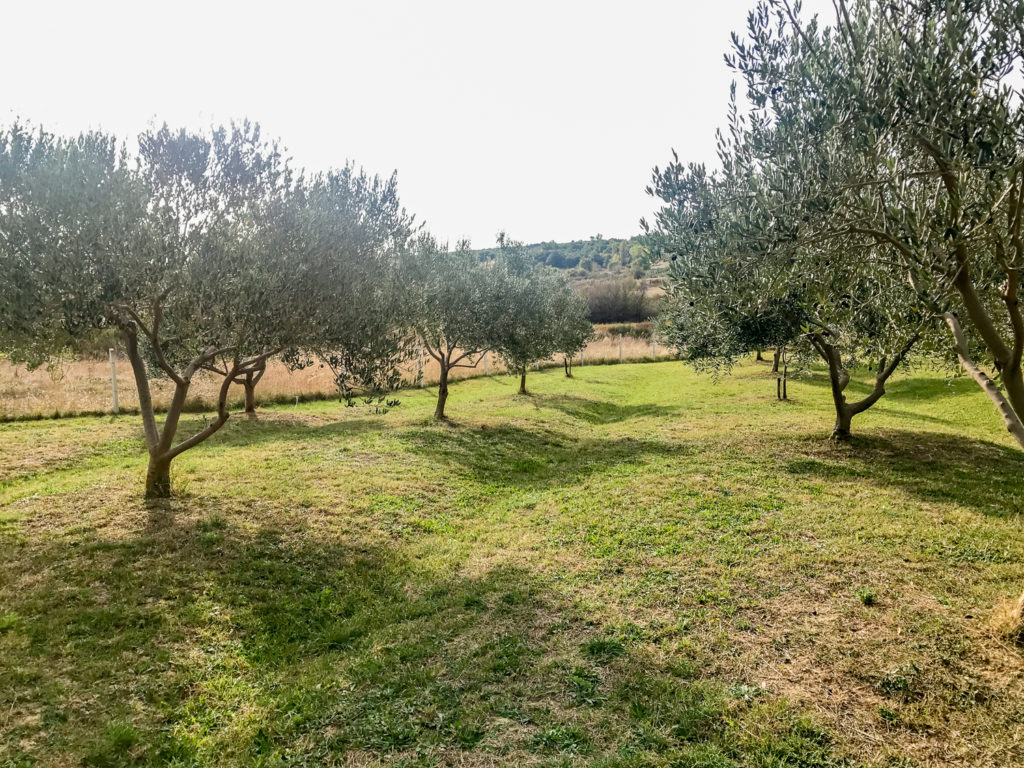
The trees grow best in the Mediterranean region because they prefer mild winters, sunny springs, and hot summers. They keep their leaves in winter and flower in the spring!
How to Harvest Olives From Trees
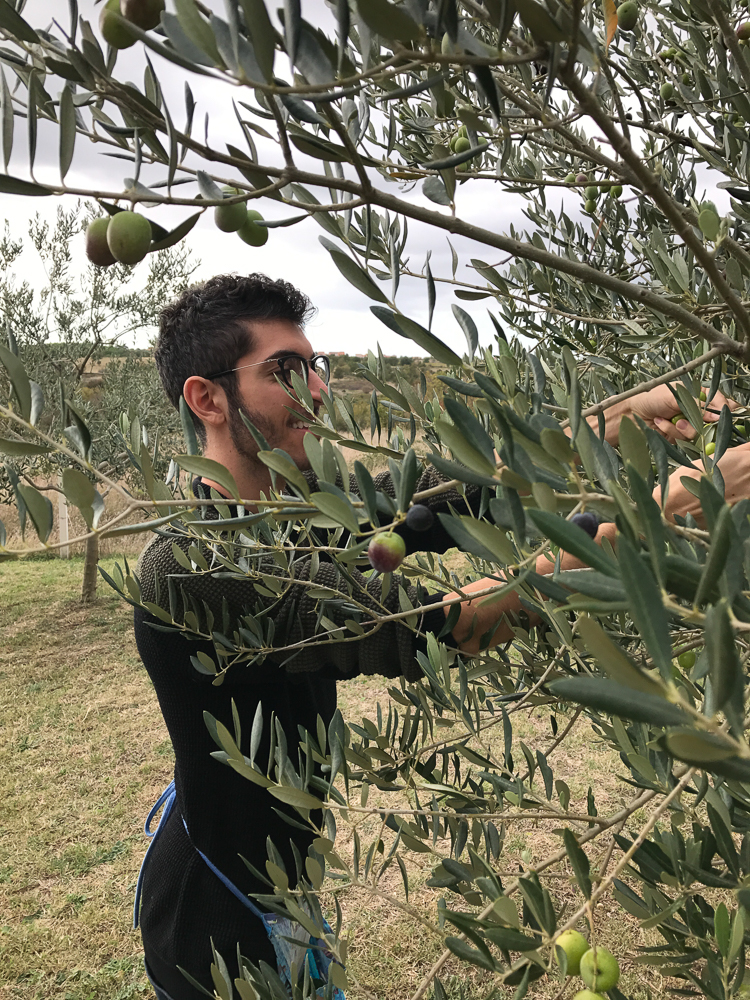
It takes an olive tree 5 to 8 years to reach fruit-bearing maturity. After that, they will produce a yearly harvest yielding approximately 3 to 4 100-pound sacks of olives.
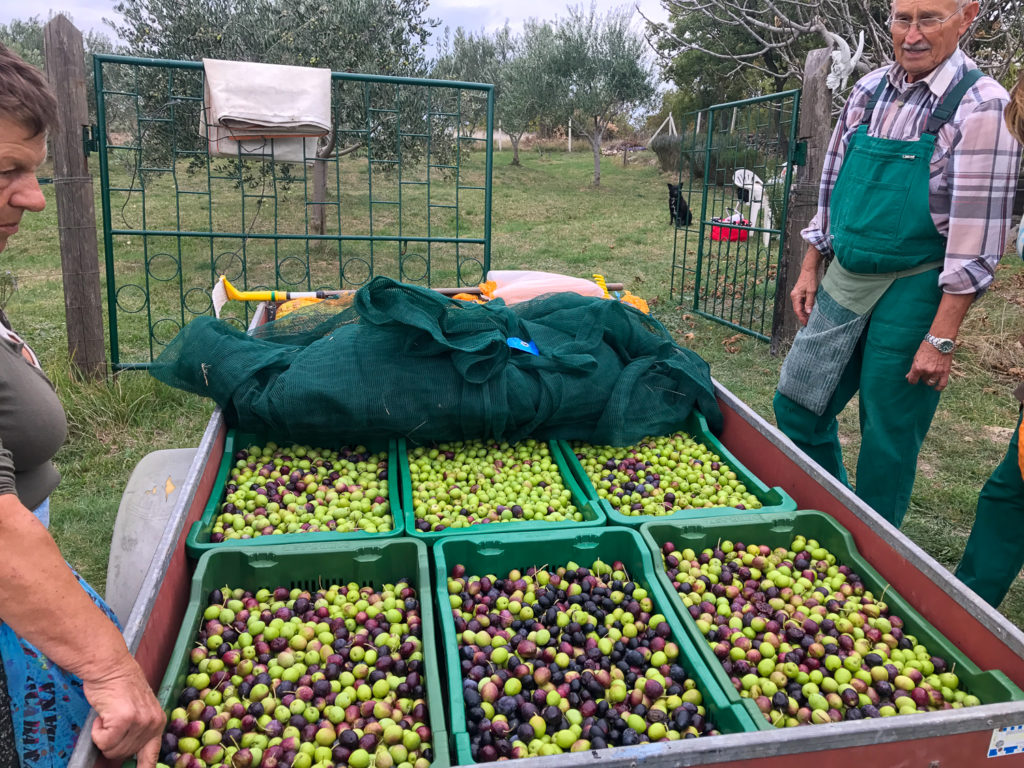
Olive trees rotate year to year between a heavy and a light crop.
Each individual 100-pound sack of olives can produce 7.5 to 10.5 liters of olive oil.
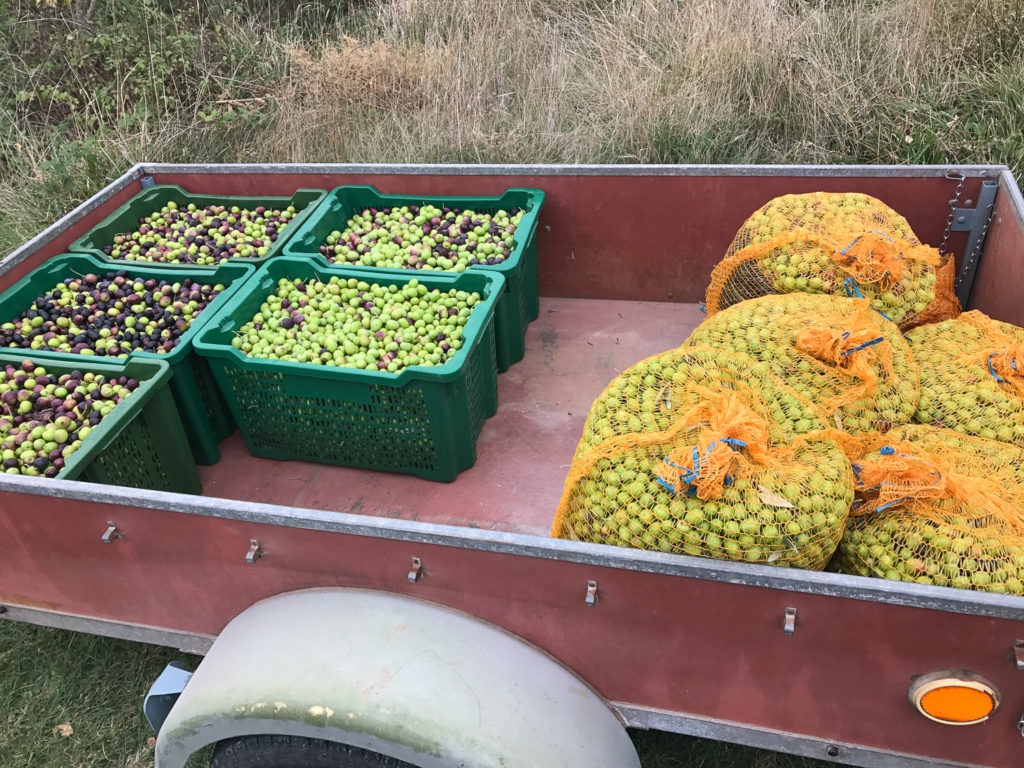
Monitor Your Ripe Olives
The best time to harvest your olives is when they’re around the “veraison” stage – the time when the color is changing from green to red or black.
This change typically starts to occur in late October.
Olive Characteristics (3 Stages)
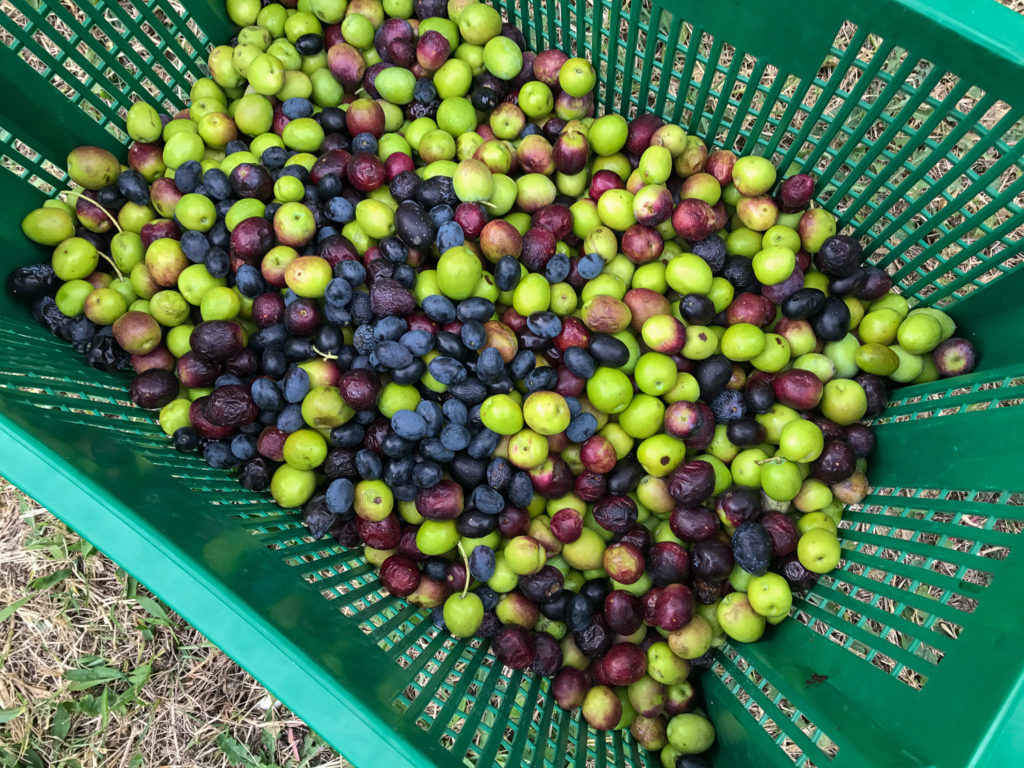
Green Olives
Bitter and grassy in flavor. Highest antioxidants and shelf-life. Difficult to extract olive oil from green olives.
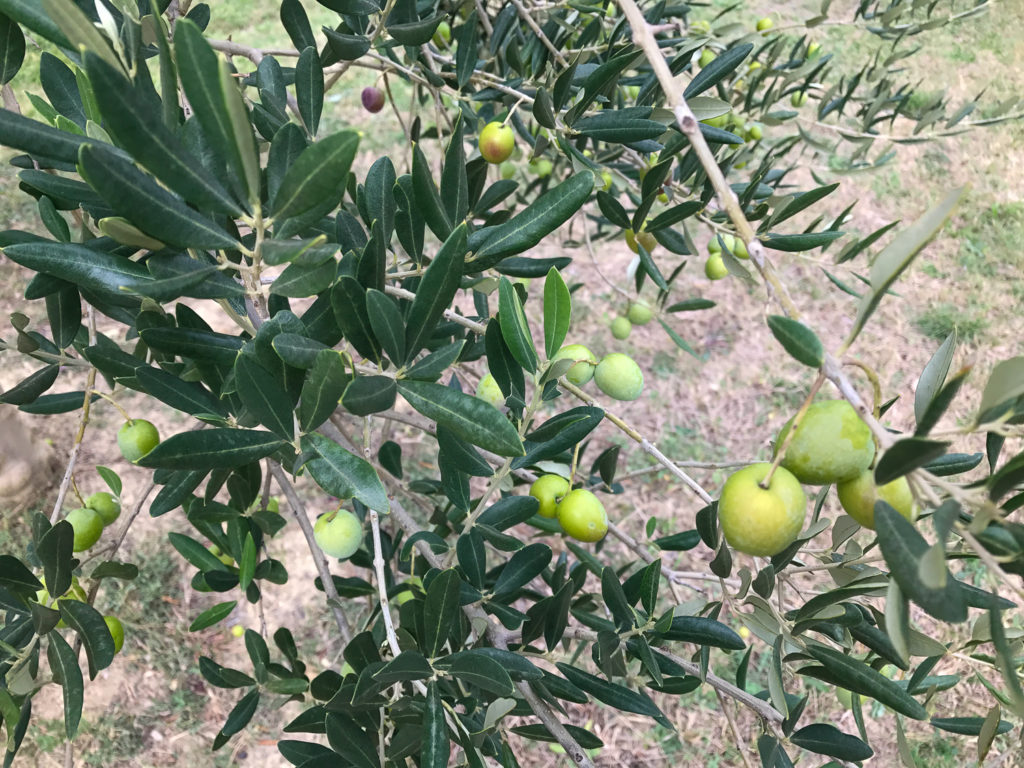
Veraison Olives
Oil with some ripe fruitiness. Some bitterness and pungency in flavor. Acceptable, standard ripeness for extracting olive oil.
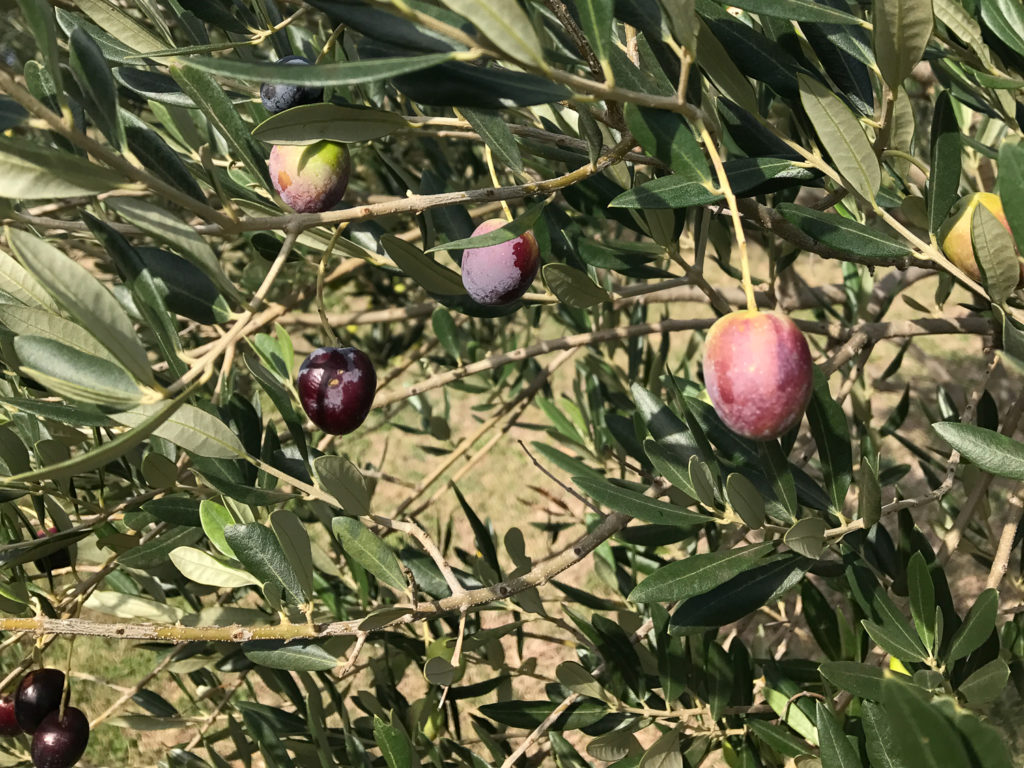
Black Olives
Sweet oil. Highest oil availability for extraction. Lowest antioxidant content. Overripe olives can also create problems for extracting olive oil.
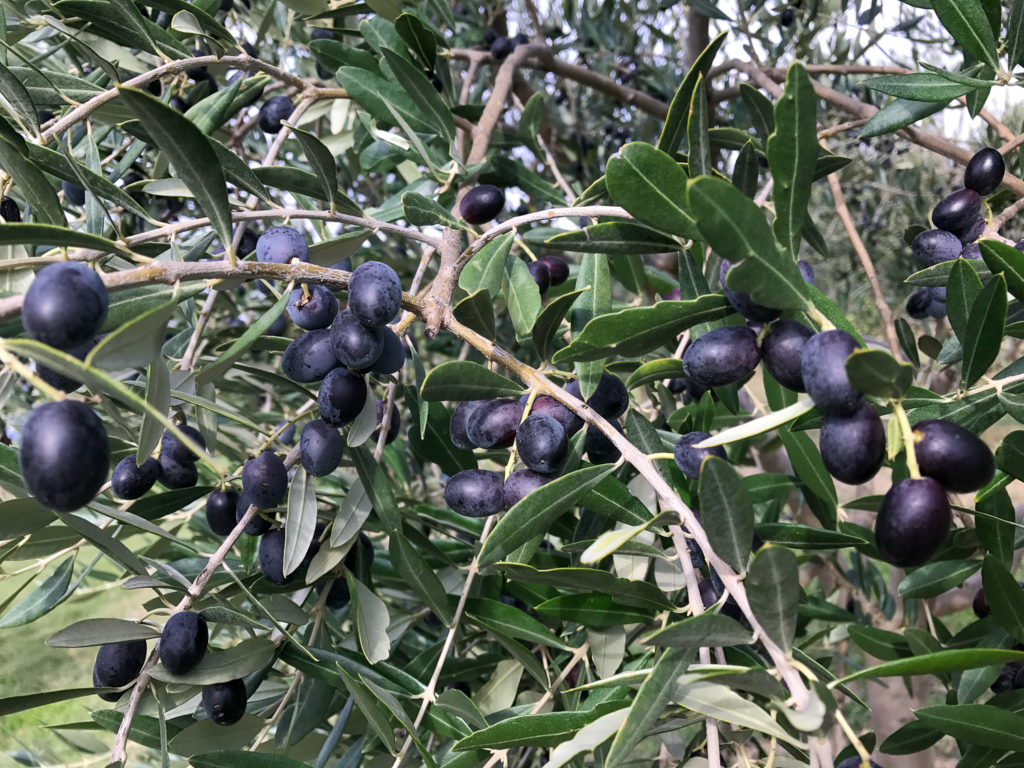
Many people confuse olives of different colors to be different kinds of olives by default. Actually, unripe olives are green. Then they turn red, then purple, and finally black.
Step 1. Harvest Ripe Olives on Time
Dress Appropriately
Dress warm because it’ll almost certainly be a cooler autumn day when you’re harvesting your olives. If you plan to climb into the trees, make sure you have supportive sneakers and clothes that won’t catch on the branches.
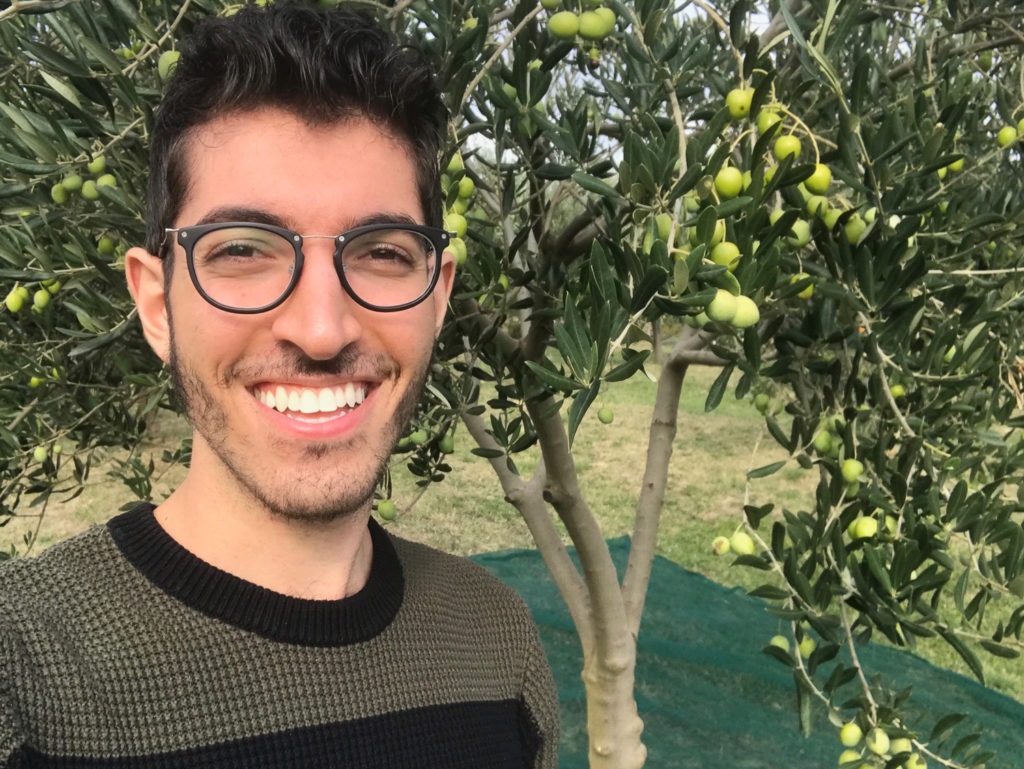
Wear One of These Around Your Waist
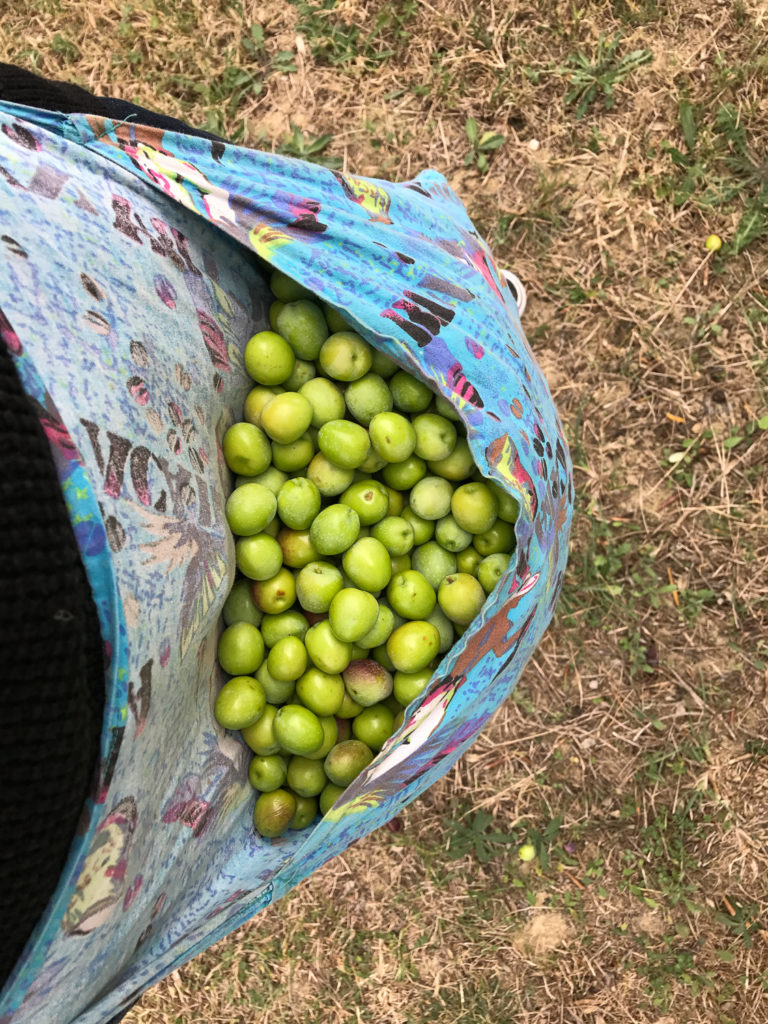
If you can wear something like this, it’s a REALLY handy way to store the olives you pick speeding up how quickly you can work. Once it becomes full, you simply spill out the contents into a bigger storage bucket so you can jump back up into the trees and resume.
Use a Hand Rake
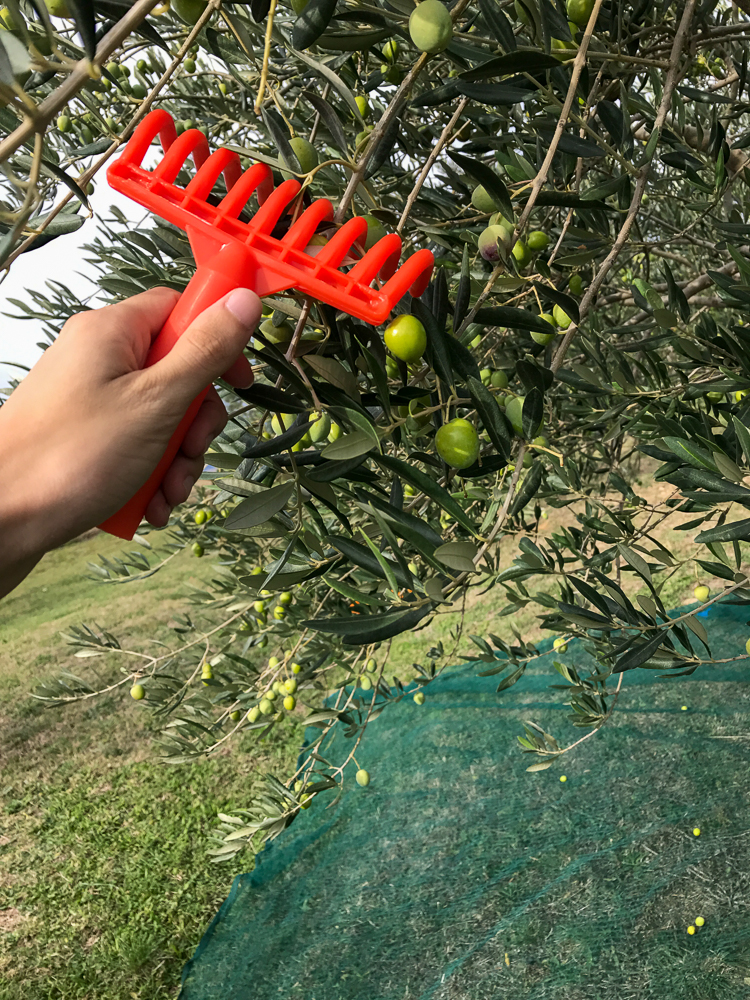
These tools make collecting your olive harvest SIGNIFICANTLY EASIER and I cannot recommend them enough. Plucking by hand is a great luxury if you have time.
We were concerned it might rain in the evening so we were all using rakes to make sure we could collect everything in one day. 450 pounds of olives later, we succeeded.
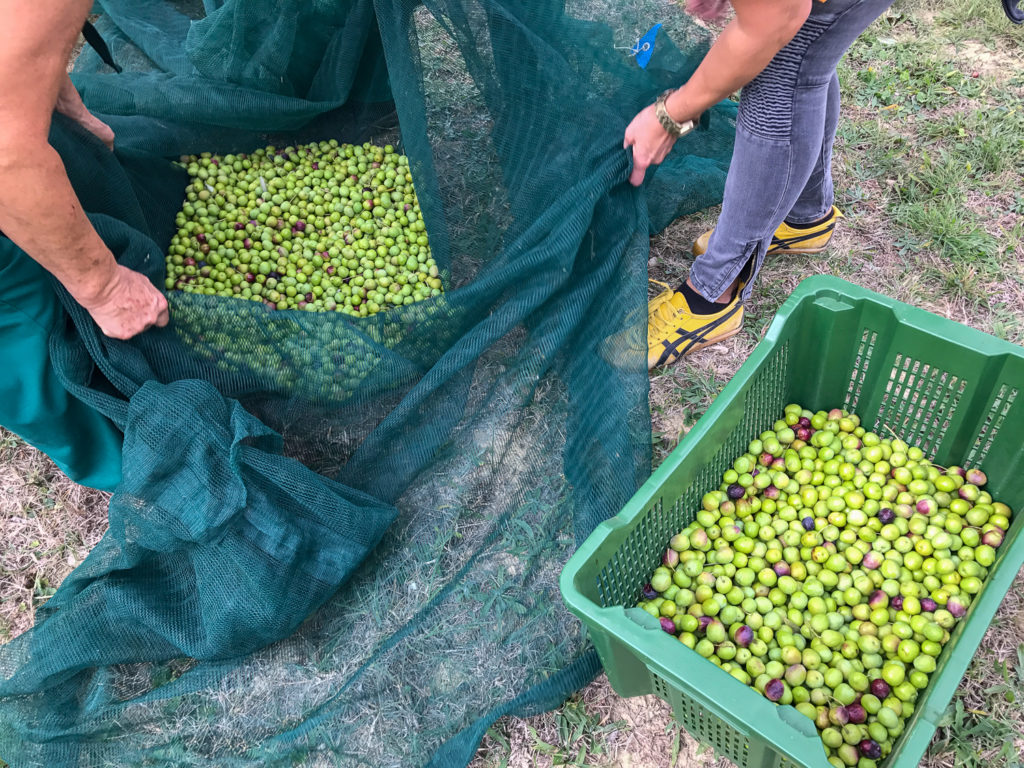
Thank you, plastic hand rakes.
Mechanical Harvesting Machinery
Mechanical harvesting is very difficult. Most olive farmers harvest by hand.
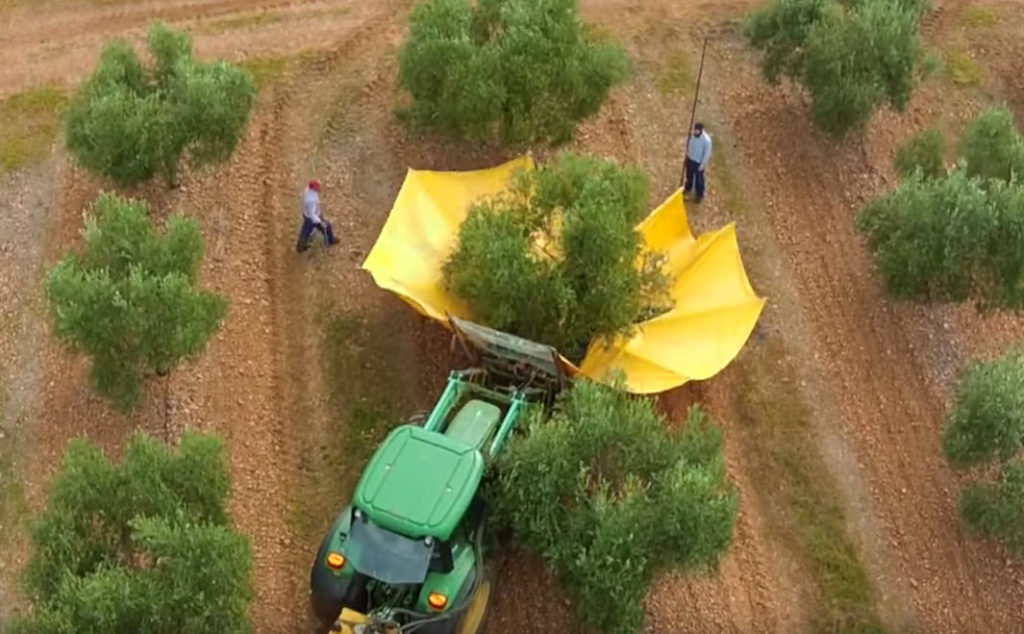
Mechanical harvesting is mainly utilized in California where machines shake the trees until all of the olives drop. Then the netting catches the falling fruit, funneling it into a centralized storage unit.
It’s Best to Pluck By Hand
Although this is economical, the best olive growers pick the olives by hand.
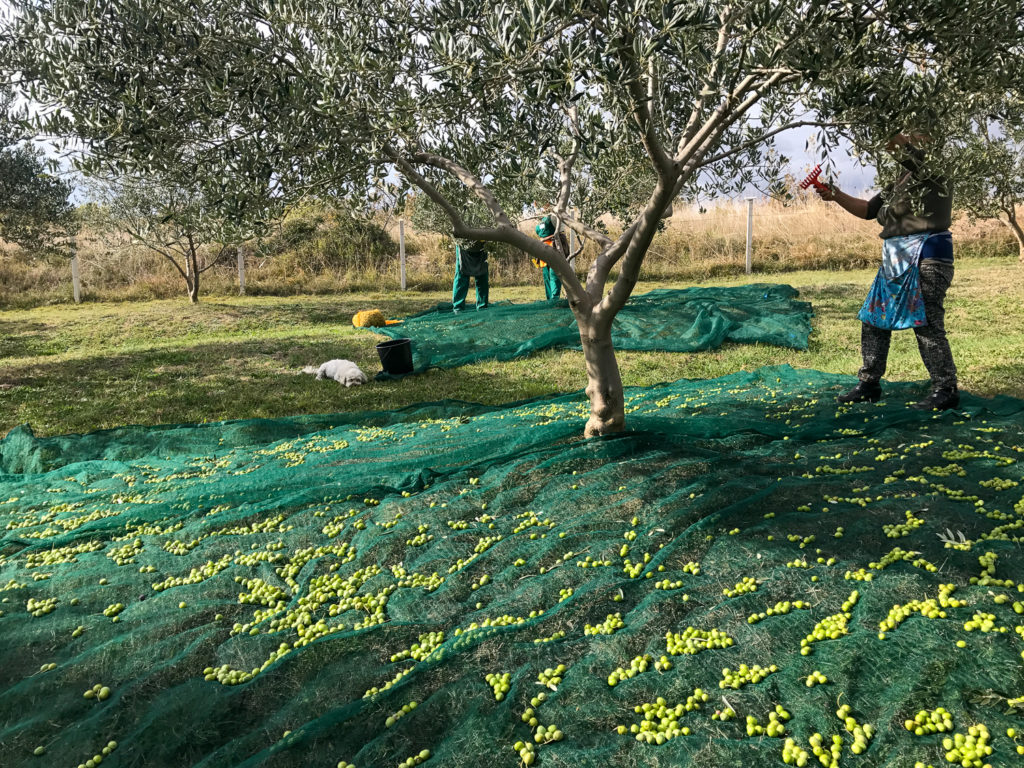
Picking your olives by hand allows you to control the ripeness and ensure olives are plucked at just the right moment. This way, you have greater control over the flavor and quality of your oil.
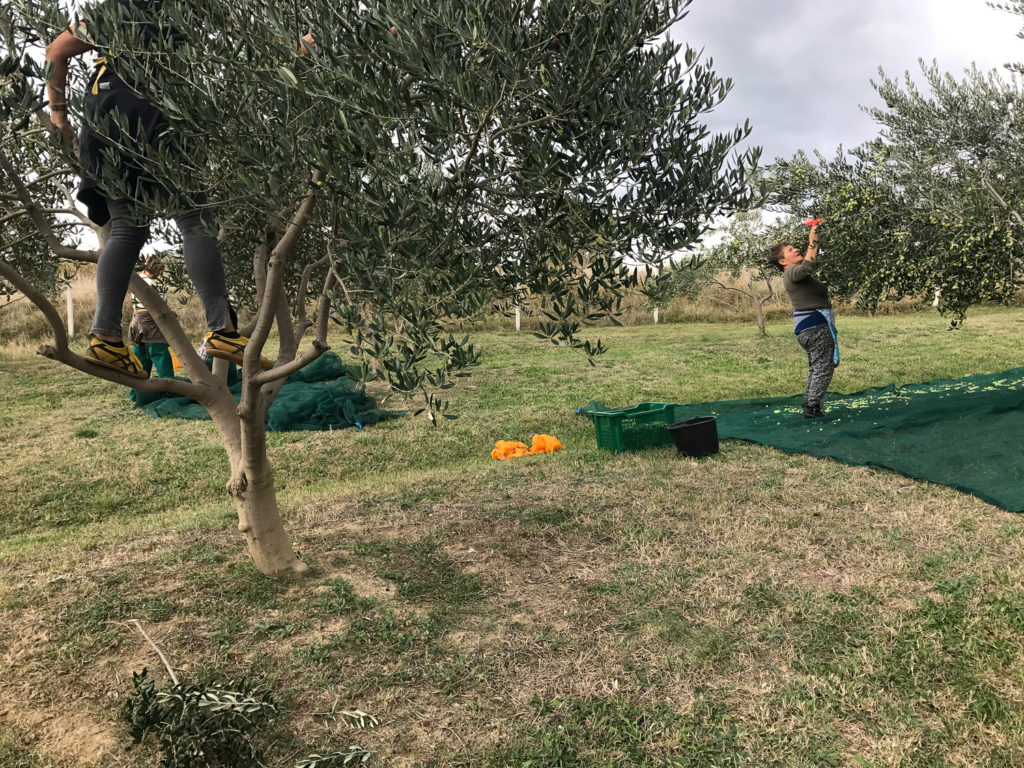
It’s also more far more gentle on the tree.
Step 2. Collect, Wash & Sort Olives
A. Collect Olives
Placing a net underneath and around the tree is a great way to collect the olives. Instead of worrying about storing them in a pouch, you can simply allow them to fall to the ground.
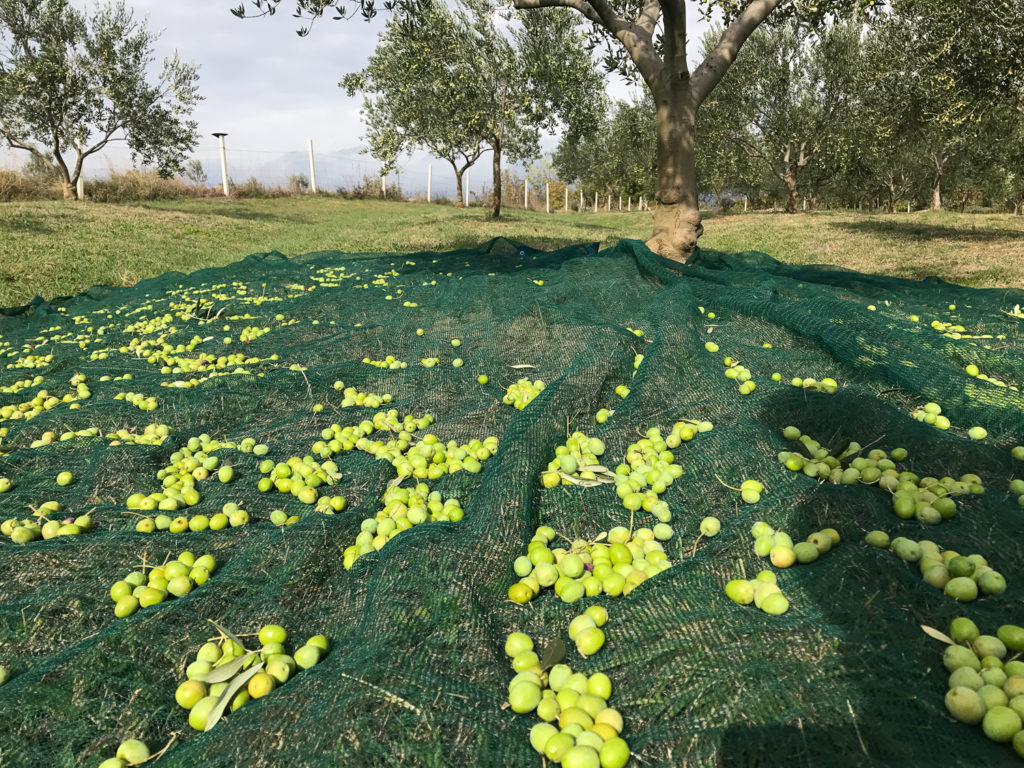
This works best if you’re harvesting one tree at a time. (I was hopping around so I preferred to just use the bag around my waist method.)
Once the tree is all done, spill the contents into a carrying sack or bin.
B. Wash the Olives
After the long process of collecting all of your olives is complete, the first thing you must do is clean your olives using water. Chemicals are not used during the washing phase.
Spread out the olives:
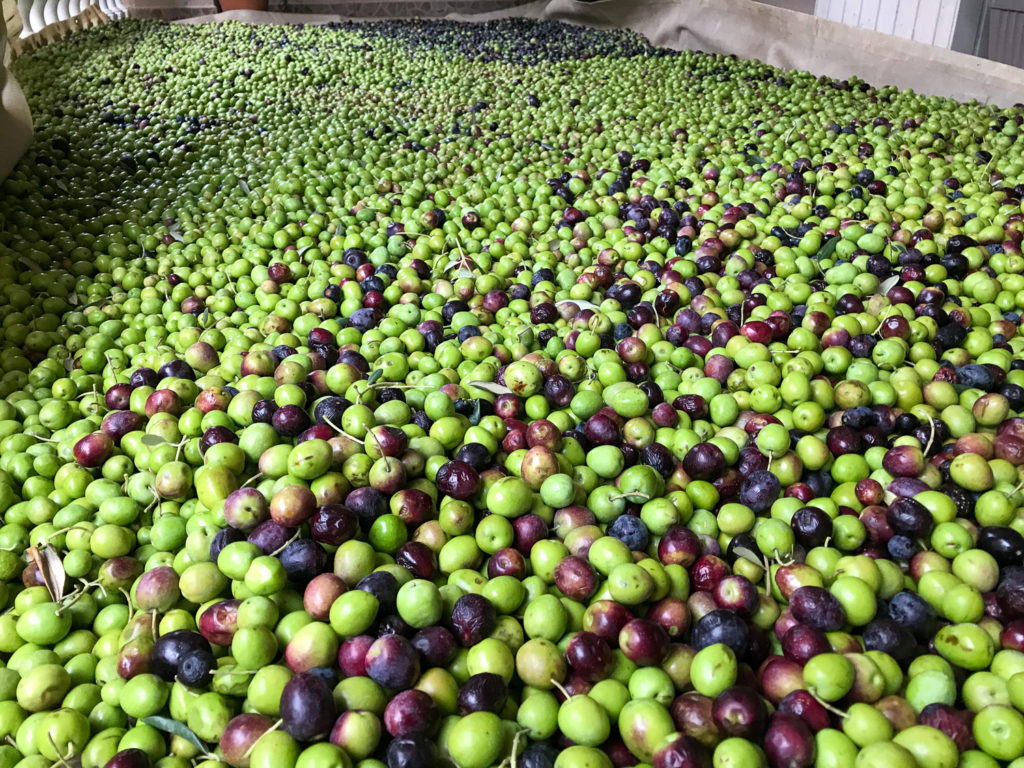
Any small branches, leaves, or debris must be removed.
We laid all of the olives out on a tarp to dry in the sun after washing.
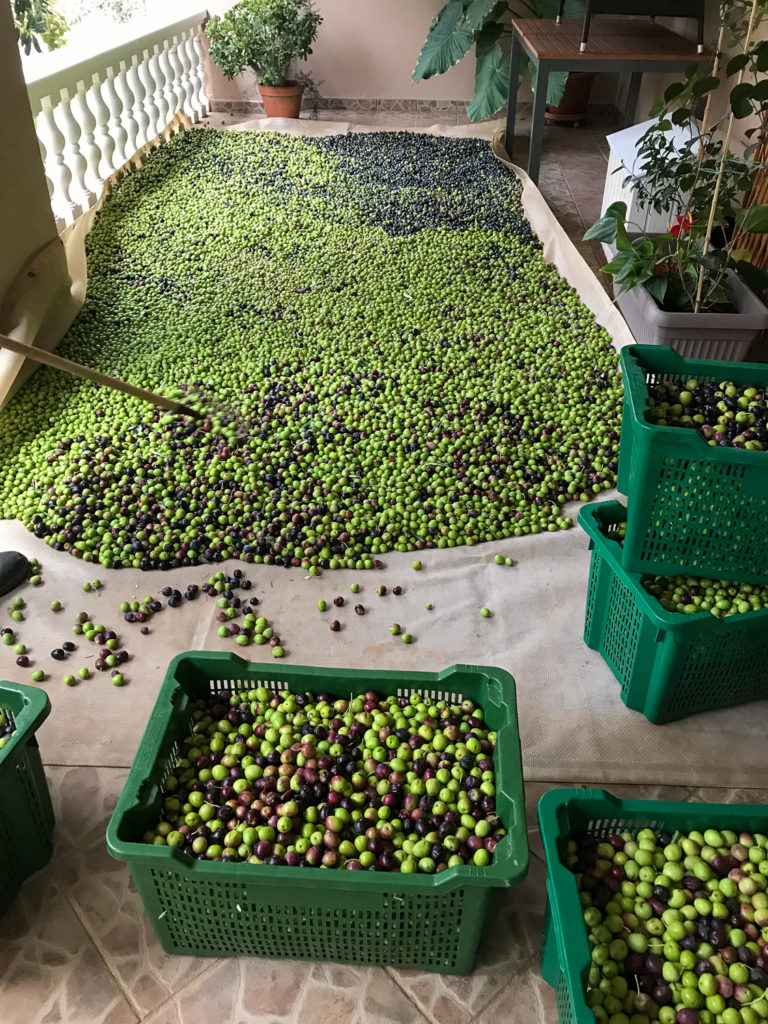
C. Sort the Olives
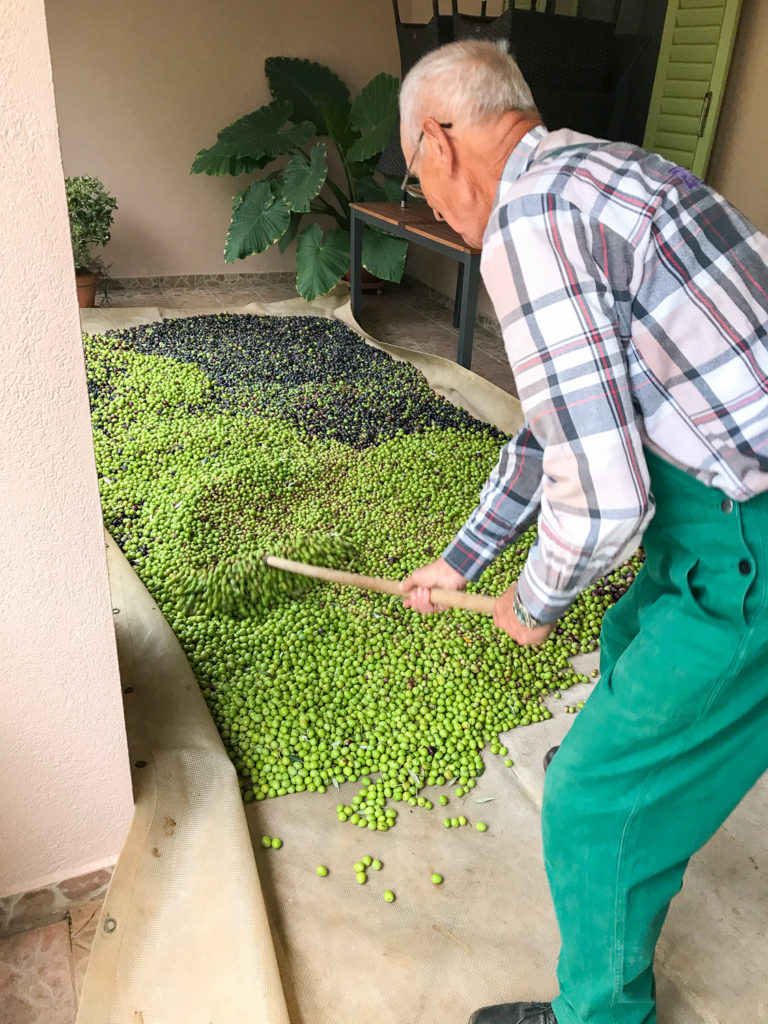
You will want to sort the olives in accordance with the type of oil to want to receive. If your olives are all at different stages of ripeness, it’s also acceptable to blend and mix them.
D. Decide If You Will Cure Any Olives
Olives can either be cured for consumption or used to make olive oil. Our agenda was to make as much olive oil as possible so we did not set aside any olives for curing.
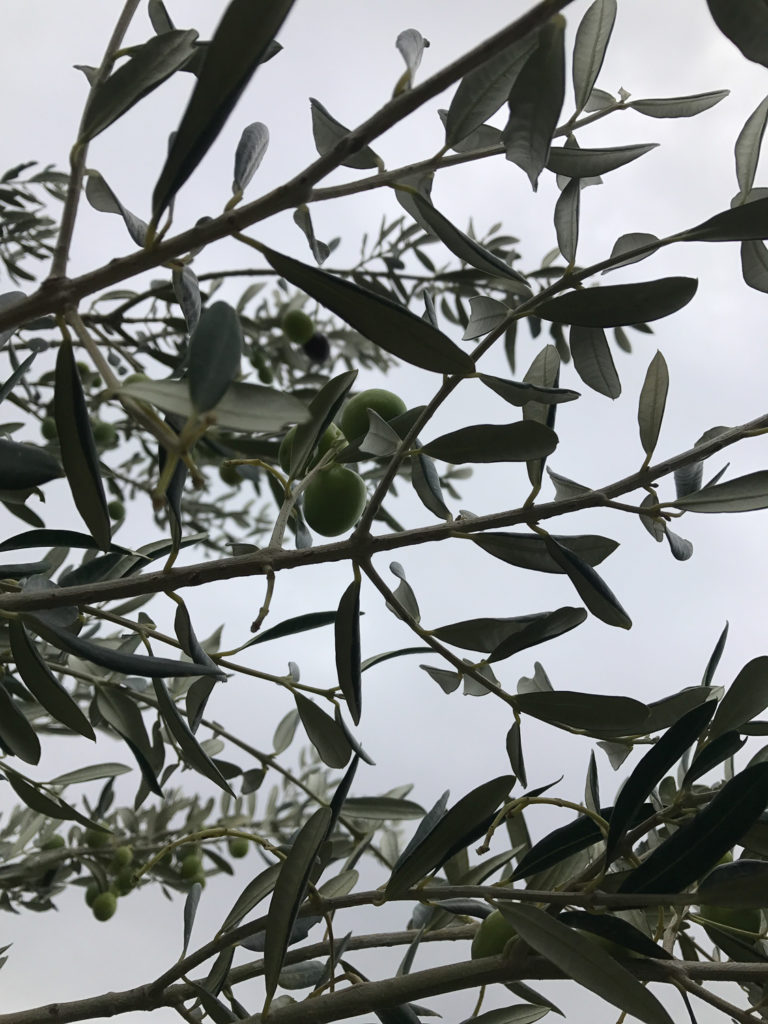
Fresh olives are extremely tart to taste.
(I couldn’t resist trying them. They look so delicious on the tree, but upon the first bite, it’s a shocking and disappointing surprise. They taste NOTHING like the olives from the supermarket.)
After spitting my freshly plucked olive out onto the grass in shock, the family explained to me that curing olives removes the bitterness.
You cannot eat olives right off of the tree.
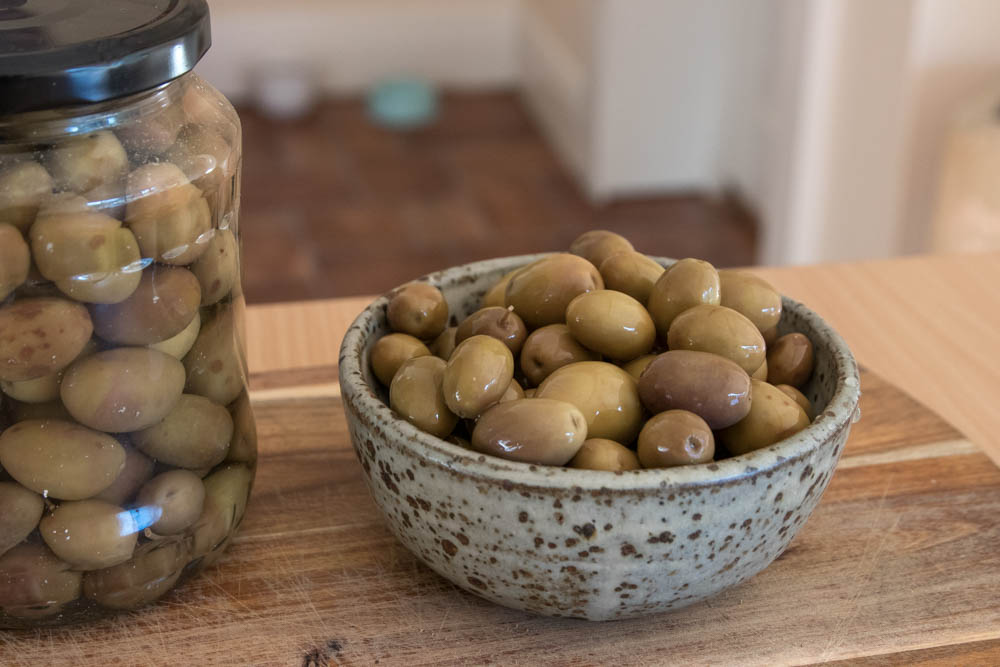
Most people use brine which takes several months to cure. Lye works quicker but some people now consider it to be an inferior process.
Lesson learned! (It vaguely reminded me of the time I tried eating a Valencian orange off the streets of Spain. A terrible mistake.)
Step 3. Crush the Olives
You may have heard of the common term “cold-pressed” in regards to oils or juice. This just means to press without the use of heat or chemicals.
With modern olive oil production, olives are crushed with a stone wheel, hammer mill, and ground into a paste.
Since the family did not own their own olive press equipment, we took the olives to a dedicated press place and paid a fee to process the oil with their equipment.
Step 4. Olive Malaxation
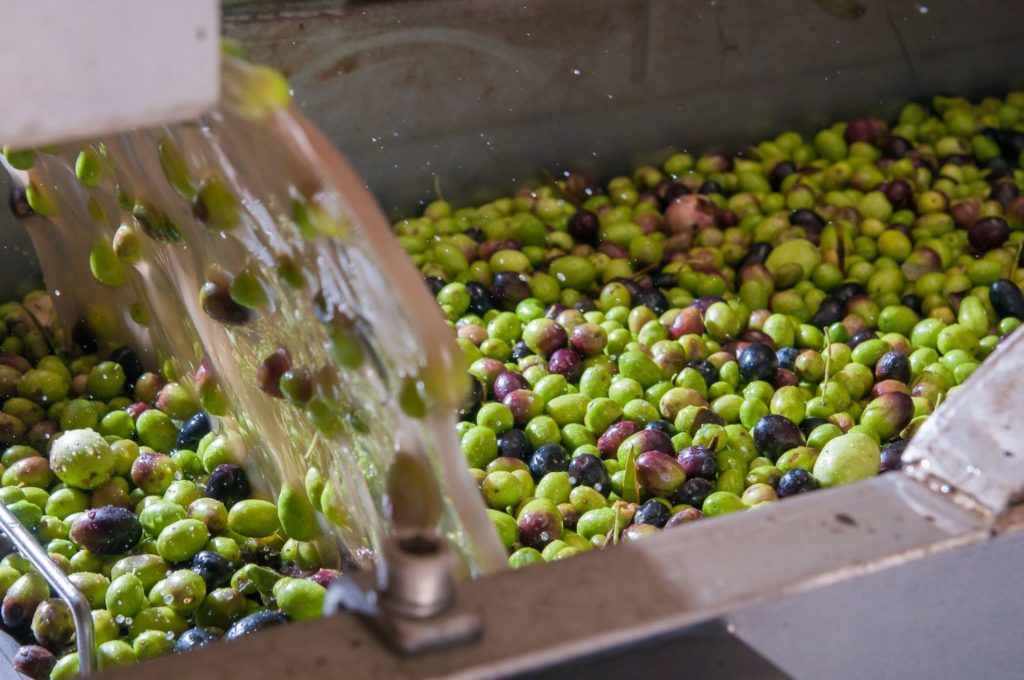
The crushed olive paste goes through a phase called “malaxation.” During this time, it is stirred. No heat is applied.
Step 5. Oil Centrifugation
The solids and liquids must then be separated from the paste using two centrifuges.
- The first separates the oil and water from solids.
- The second separates water from the oil.
Step 6. Final Filtration
After 24 to 48 hours, excess solids will be removed from the oil using a final filtration system.
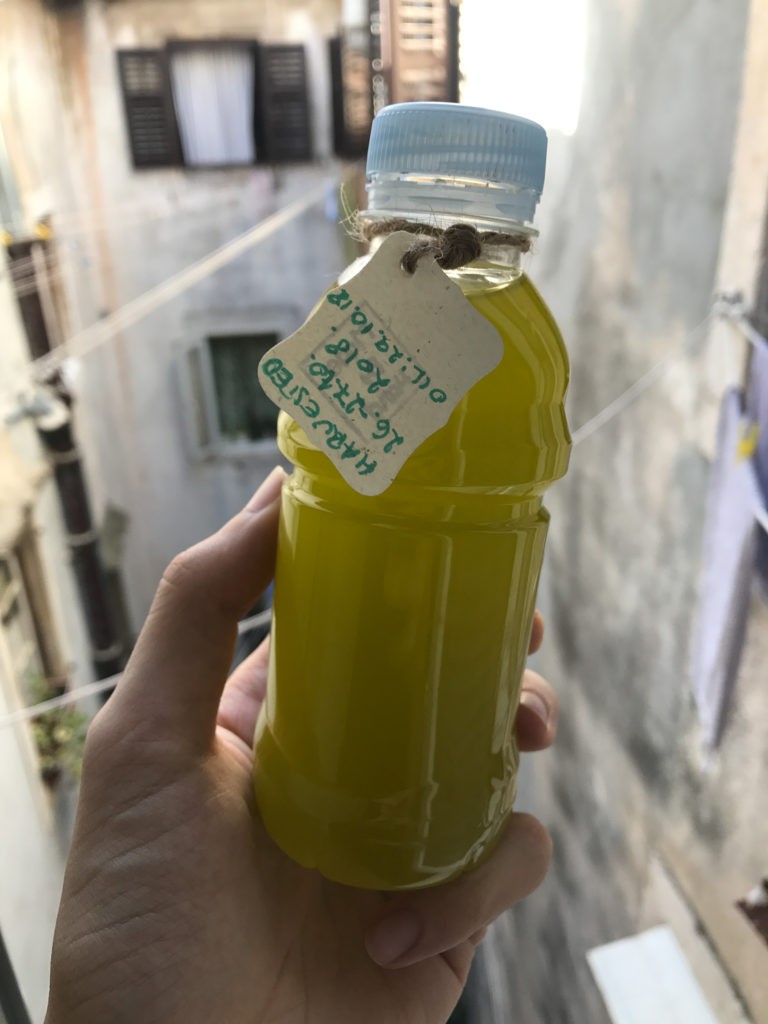
While most olive oil batches are filtered prior to sale, some are set aside to rest for several months while gravity causes sediments to fall to the bottom. The batches are stored in tanks to protect them from light, heat, and air.
Three days after the harvest, I received back a gift of two bottles containing extra virgin olive oil made from the same olives I helped to collect.
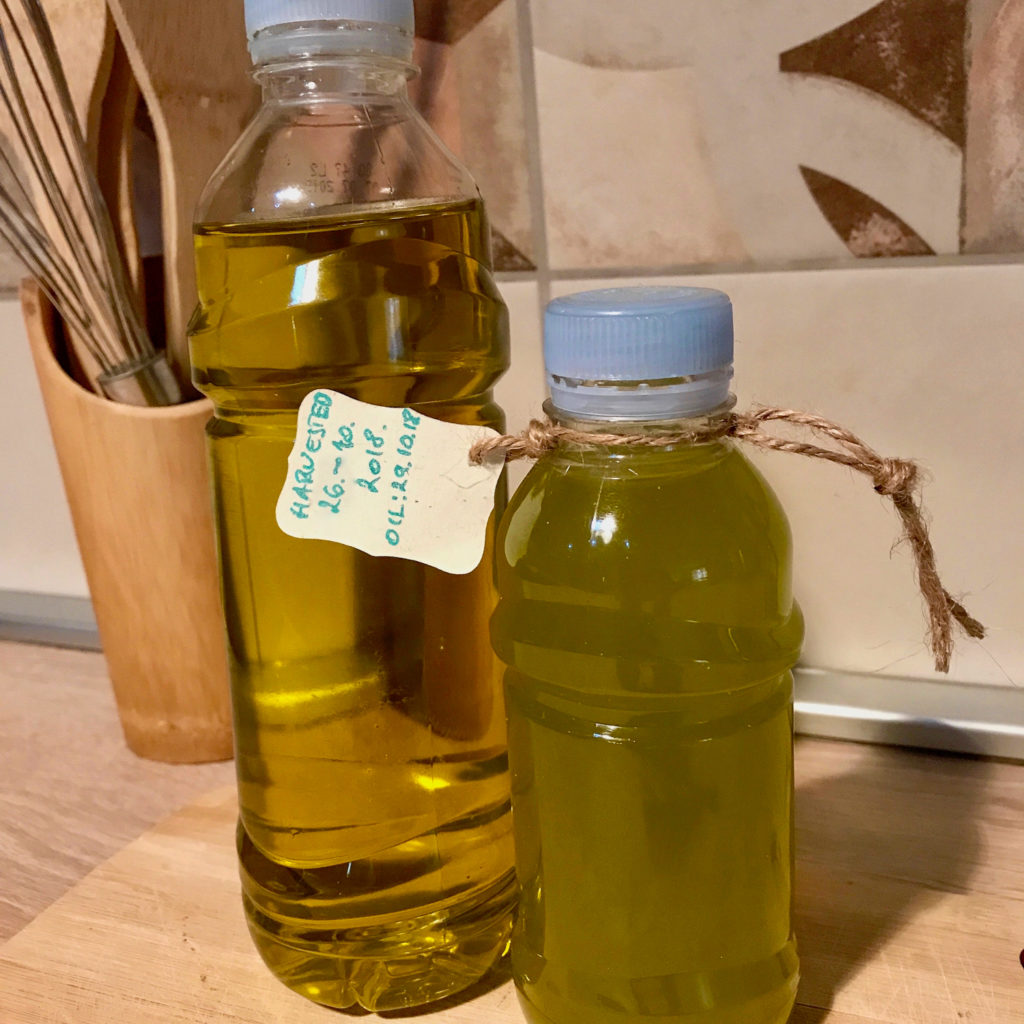
The flavor of this olive oil was unlike any olive oil I have EVER tasted. Unreal… SO real.
My freshly pressed extra virgin olive oil had such a pure olive flavor and aroma.
The family was so kind to me. In addition to two bottles of freshly pressed Croatian olive oil, they sent me off with an entire bag of goodies! It included homegrown oranges, lemons, limes, HUMONGOUS pomegranates, dried figs, a fig bar, and fig jam!
Figs are one of my favorite foods in the world so I was in fig heaven.
Step 7. Grading (Optional)
In commercial olive oil production, there is an extra step.
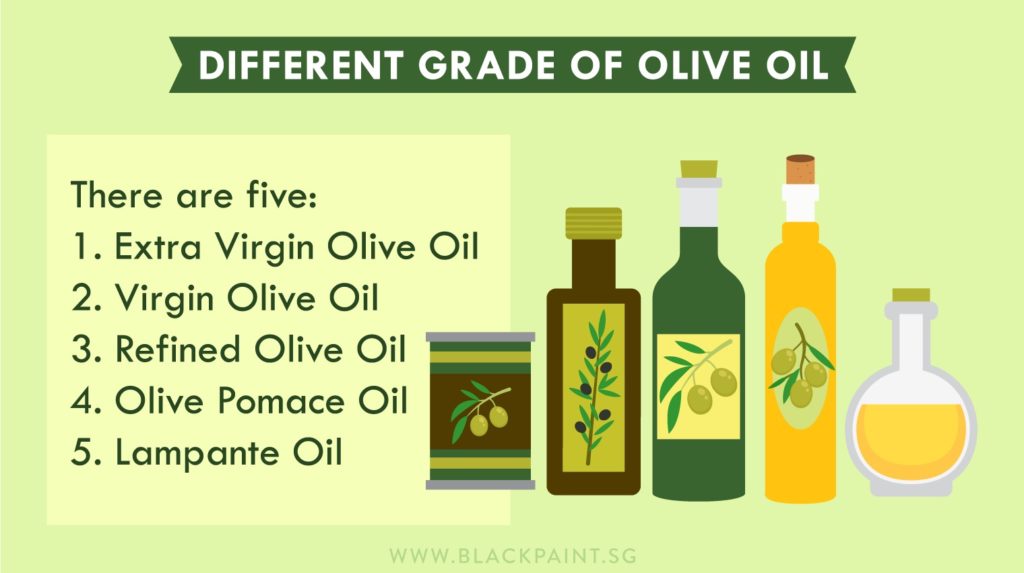
There are 5 main grades of olive oil:
- Extra Virgin Olive Oil
- Virgin Olive Oil
- Refined Olive Oil
- Olive Pomace Oil
- Lampante Oil
Based on strict testing and evaluations, each bottle of olive oil is categorized accordingly.
The Olive Oil Crisis
Now for some bad news… Climate change is already making the Mediterranean basin unsuitable for olive production.
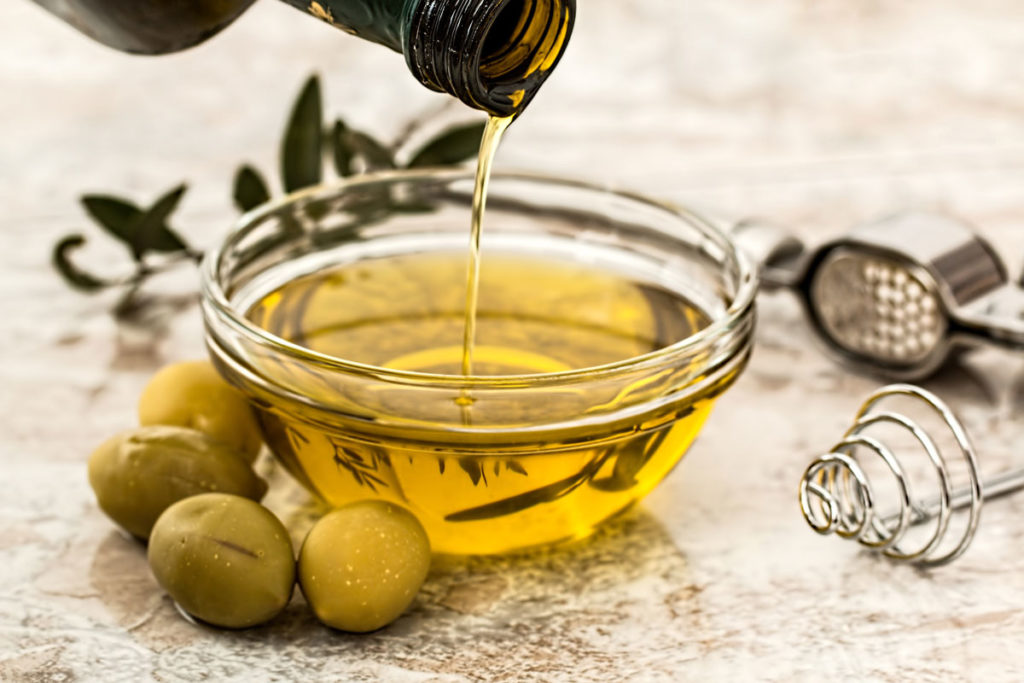
Many years from now, it’s a real possibility that when your great-great-grandchildren study climate change, they’ll be intrigued to discover and learn of the extinct agricultural products common in our lifetimes:
- They’ll see images of wine grown in Spain and Italy
- Grain cultivation in South America
- Maize and cassava throughout Africa
- Olive oil from the Mediterranean basin
Severe weather is already seriously threatening olive crops in southern Europe. Production in 2020 reached a four-year low. Droughts and extreme heat have nearly wiped out cultivation in some regions.
When are we going to collectively realize climate change is an urgent matter jeopardizing the future of biodiversity?
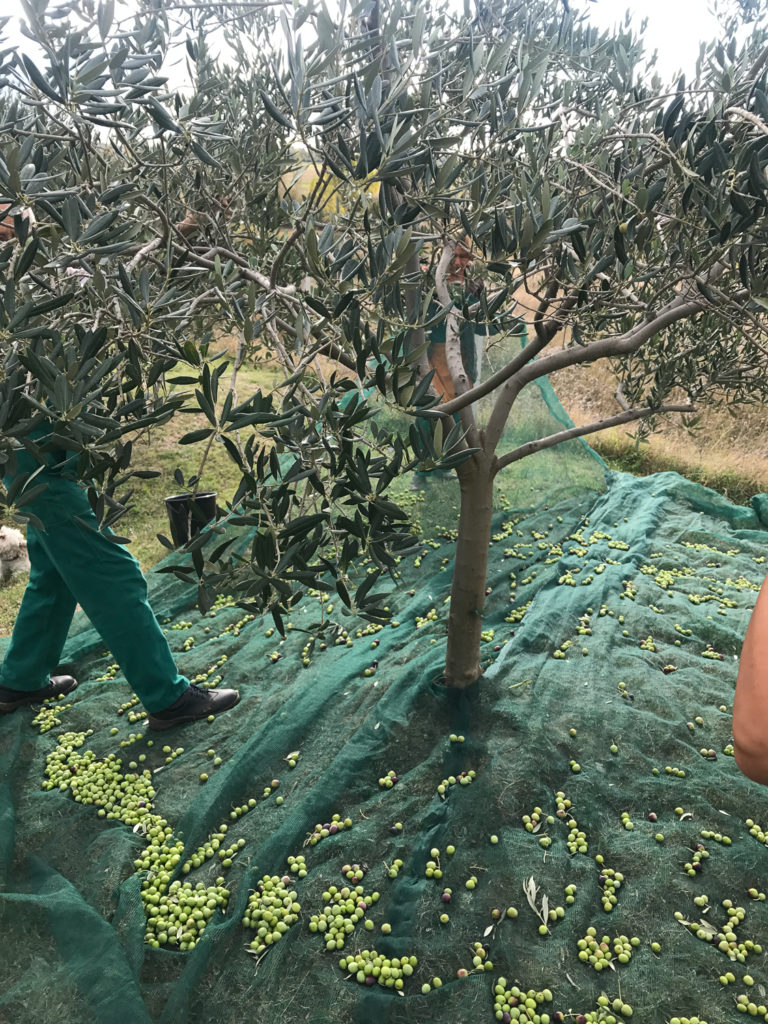
WHAT ARE OUR DESCENDANTS GOING TO DIP THEIR BREAD IN?!?!?
We have to protect the olive trees at all costs!
My Experience Harvesting Olives for Oil In Croatia
When I left to go work on an olive grove that cool October morning in the fall of 2018, I had no idea I was about to become a part of an experience so special that it would leave a lasting impact on me for years to come.

Croatia was already everything I needed it to be and more. I couldn’t imagine how my visit could have possibly gotten any better than it already had been. Until Zadar found a way to sweep me off my feet yet again.
Three years later, I still catch myself daydreaming back to the open fields of the olive grove where I hopped up and climbed into those trees.
Working up close to the long, majestic green leaves. Those sturdy branches. The fresh olives swaying in the gentle, autumn wind.
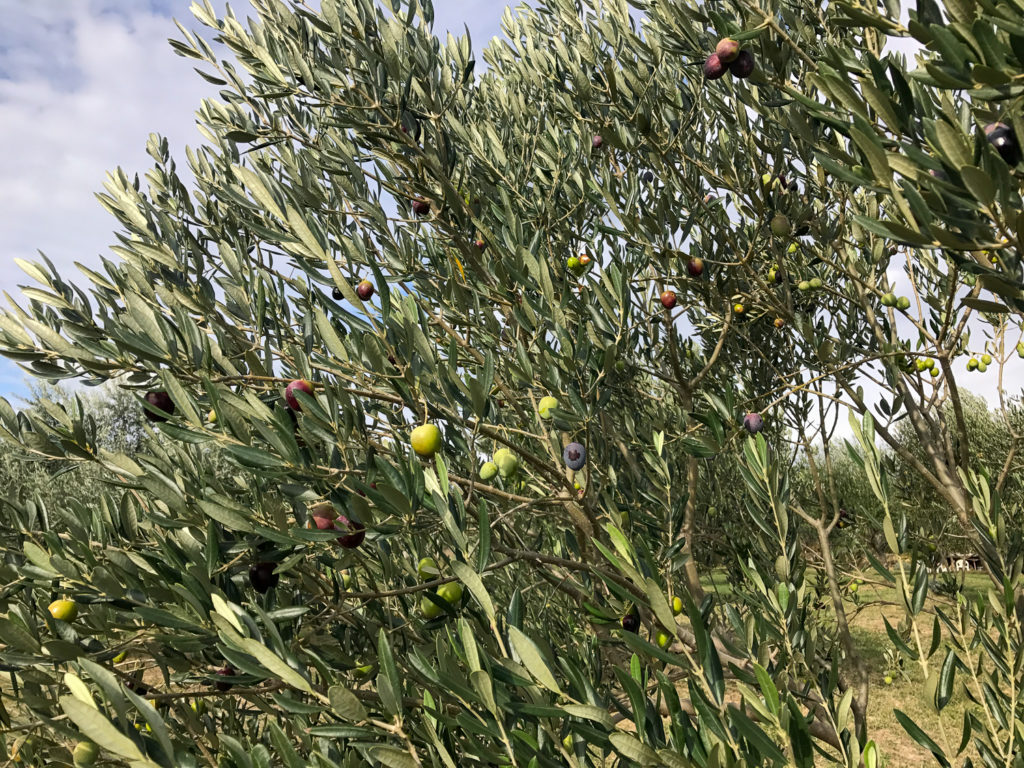
Surrounded by one warm and welcoming family speaking a language I could not understand knowing I only had only one job: grab every olive within sight.
With their two friendly dogs running in circles around the trees, I was able to enjoy a nice day outdoors in nature around loving animals and welcoming people.

Stopping to enjoy a nice homemade lunch the family had generously prepared and enjoying allowing them to teach me everything they knew about their olive grove, despite navigating through a language barrier at times.
I can’t help but think back to that day of harvest without getting emotional. I remember the details of it with such a fondness that it can still make my eyes tear up. Maybe it is just something you’d have to experience to understand.
Even the way this family enjoyed their nice outdoor picnic for lunch and took a trip to the beach to celebrate the completion of our long day of hard work – it was so beautiful to see. Both quite literally and symbolically.
It made me really miss my family from back at home too. #feelinghomesick
I feel like somehow I had the honor to be a part of something so raw and so real that day. The love and hard work that goes into maintaining those trees. Out on their farmland doing a specific type of labor I’ve never actually experienced in America, whether that be for better or for worse.
It was in those moments that I felt connected to my heritage. Standing in the olive trees, I could not wait to go back to the United States share the story of what I’d done with my Nonna and Nonno who both grew up on small farms in their little southern Italian villages.

Thank you to everyone who made this day possible. I am so grateful.
To those who may read this post, I hope you’ll always look beyond price and remember to shop local – there is a real difference.




















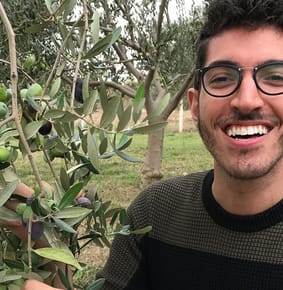
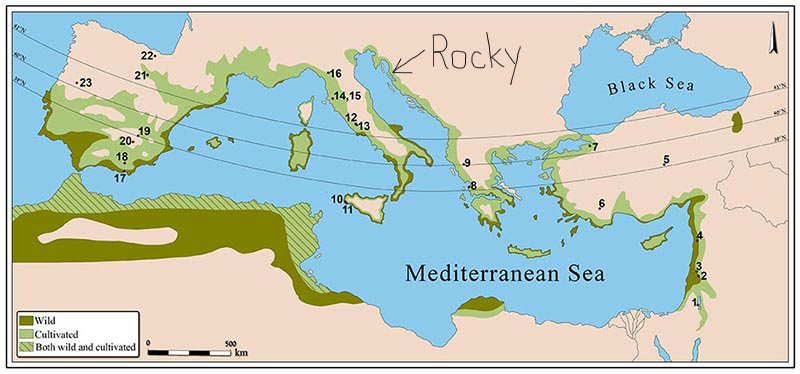
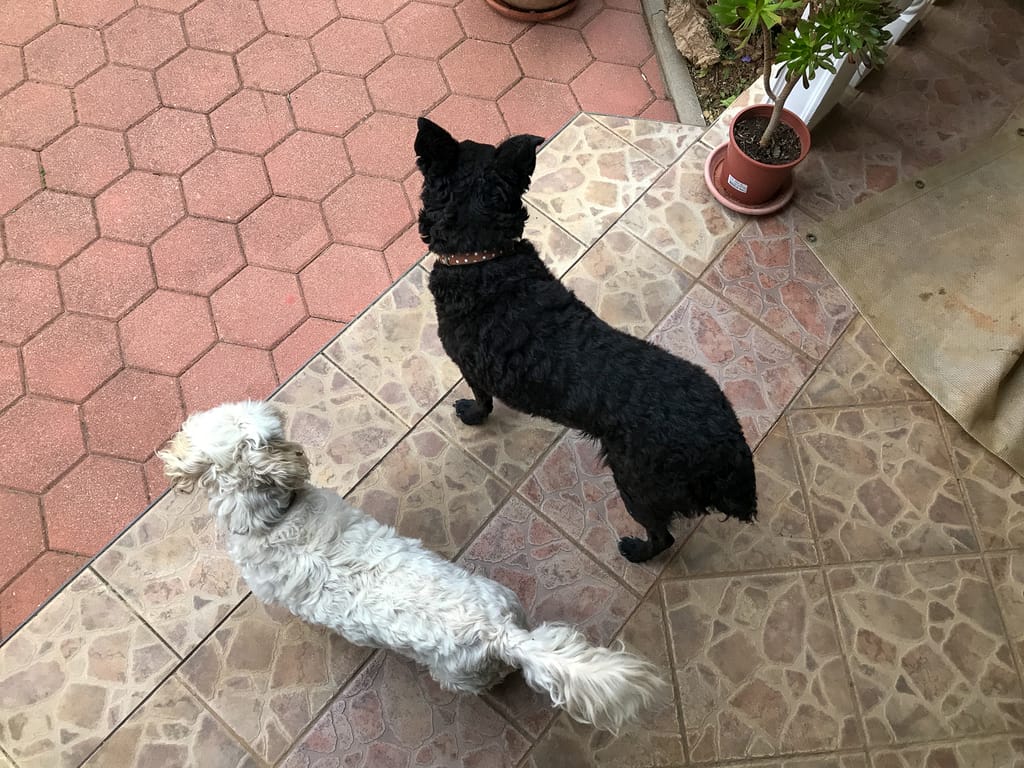

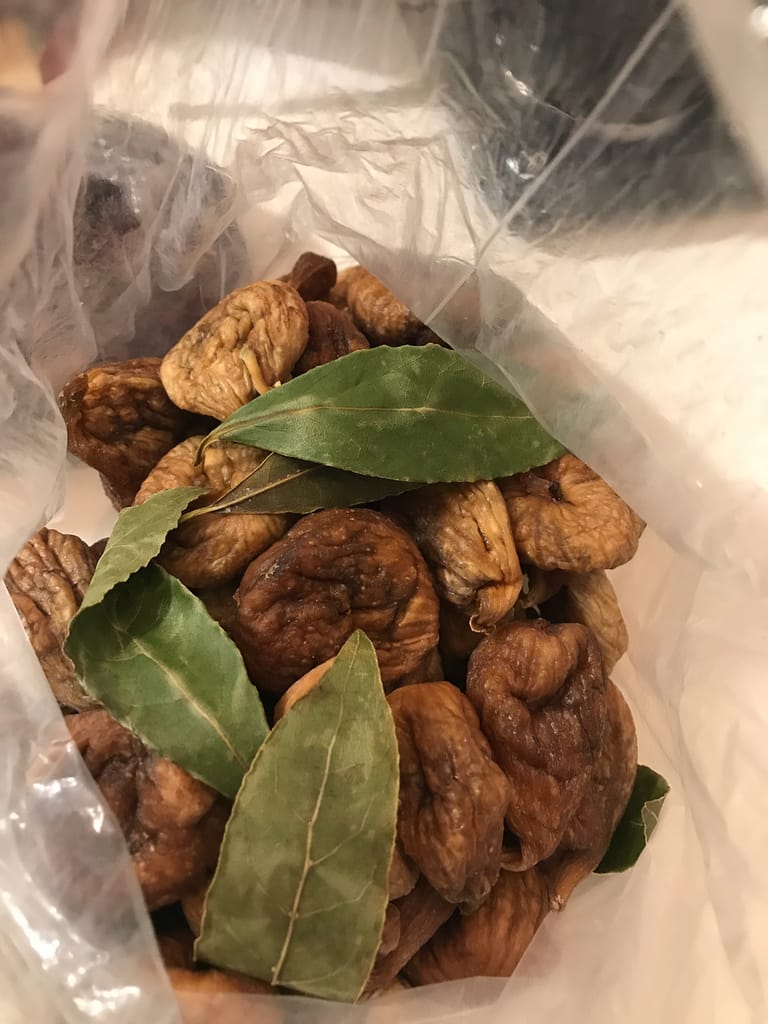
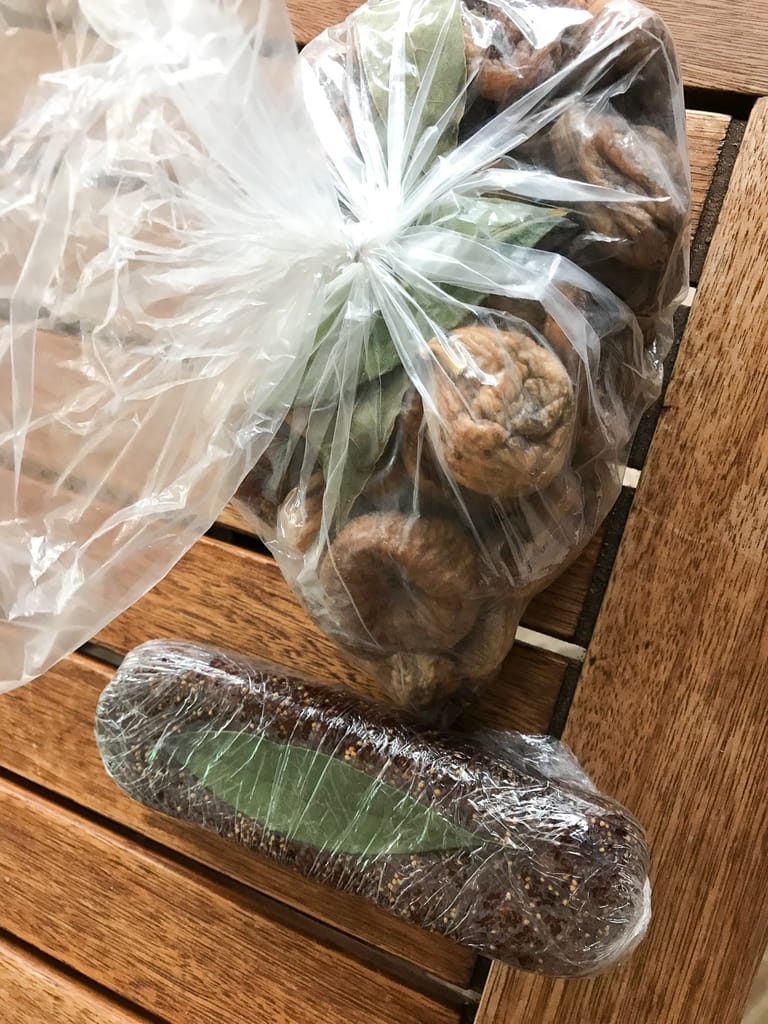
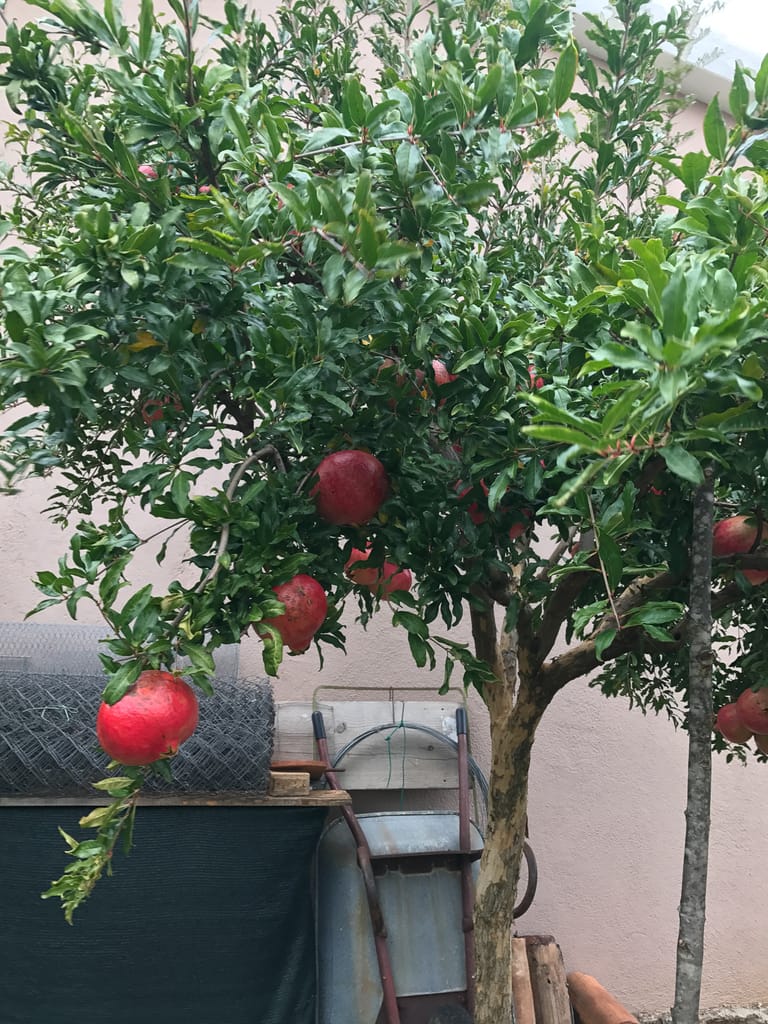
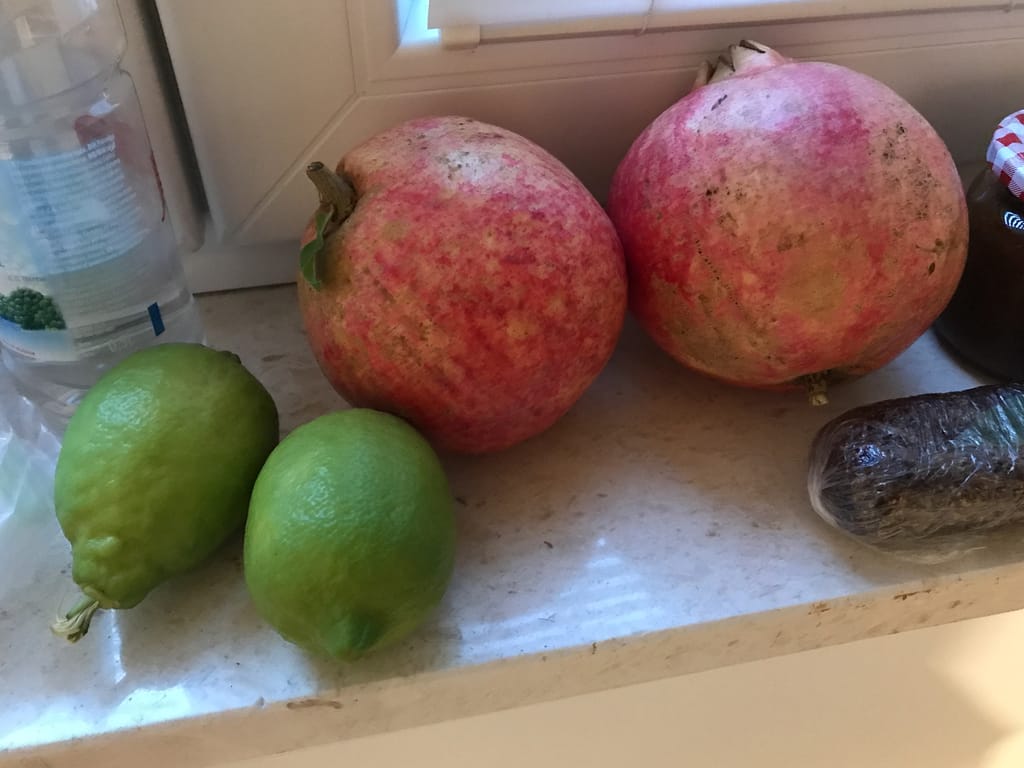
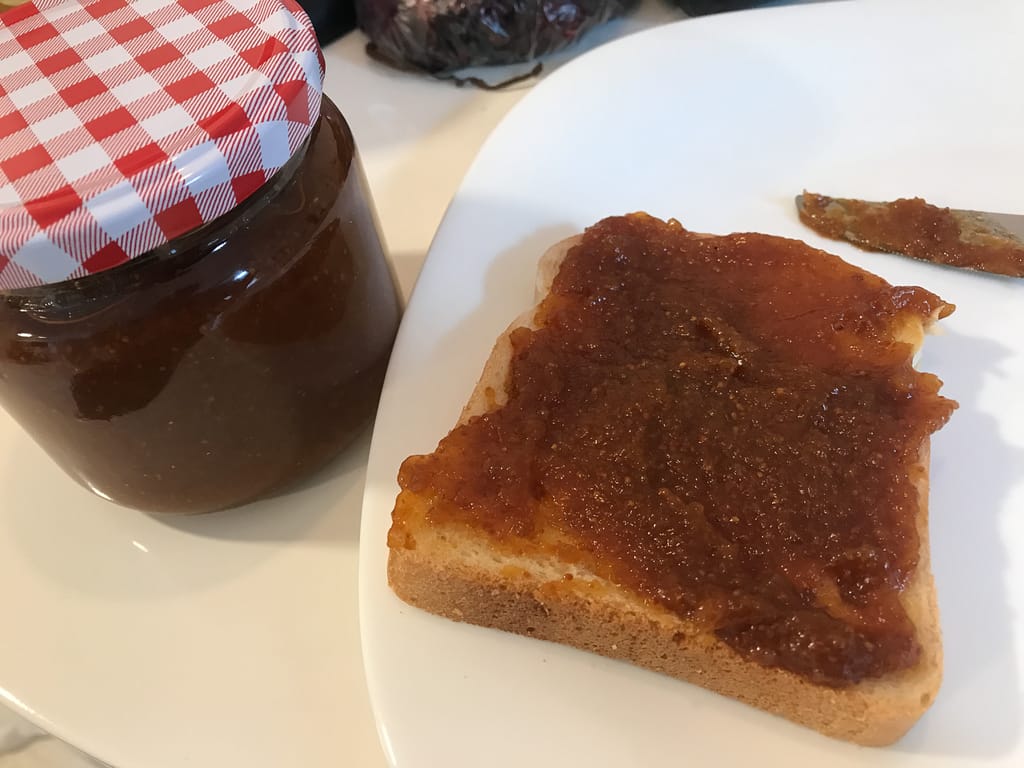
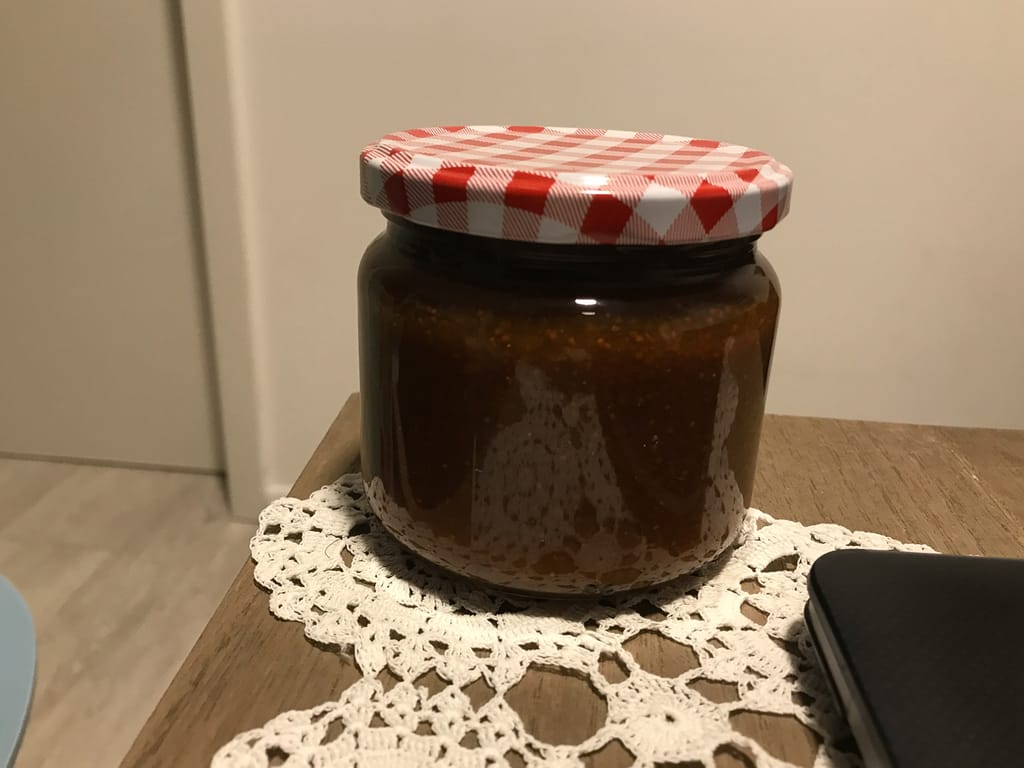
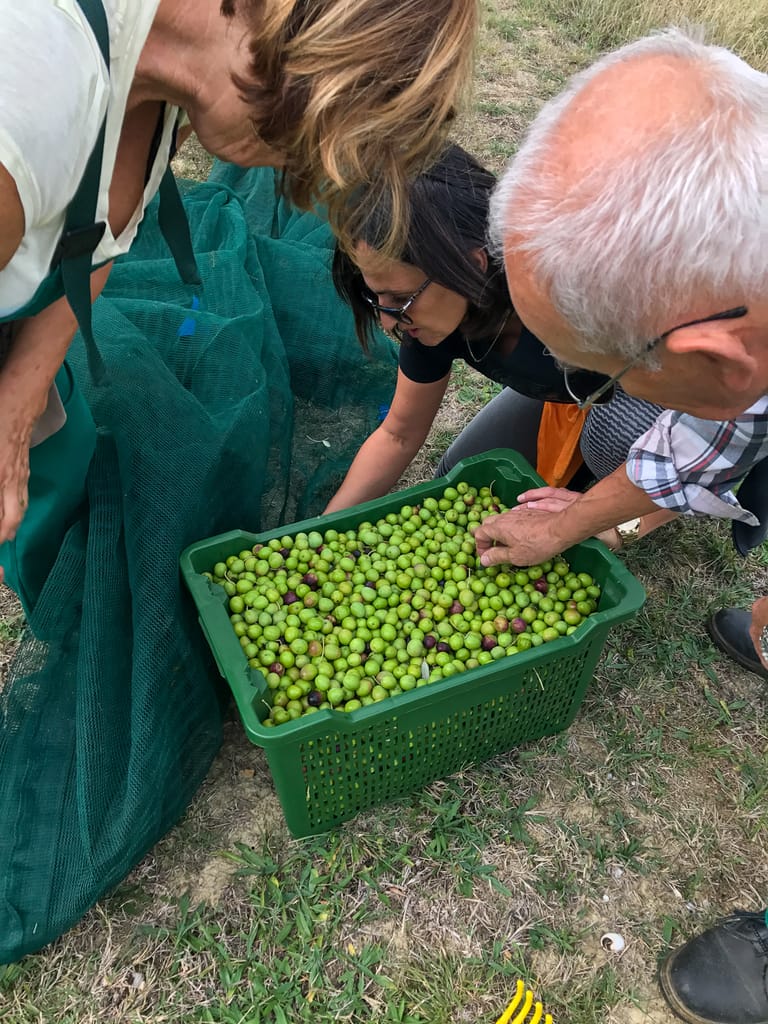
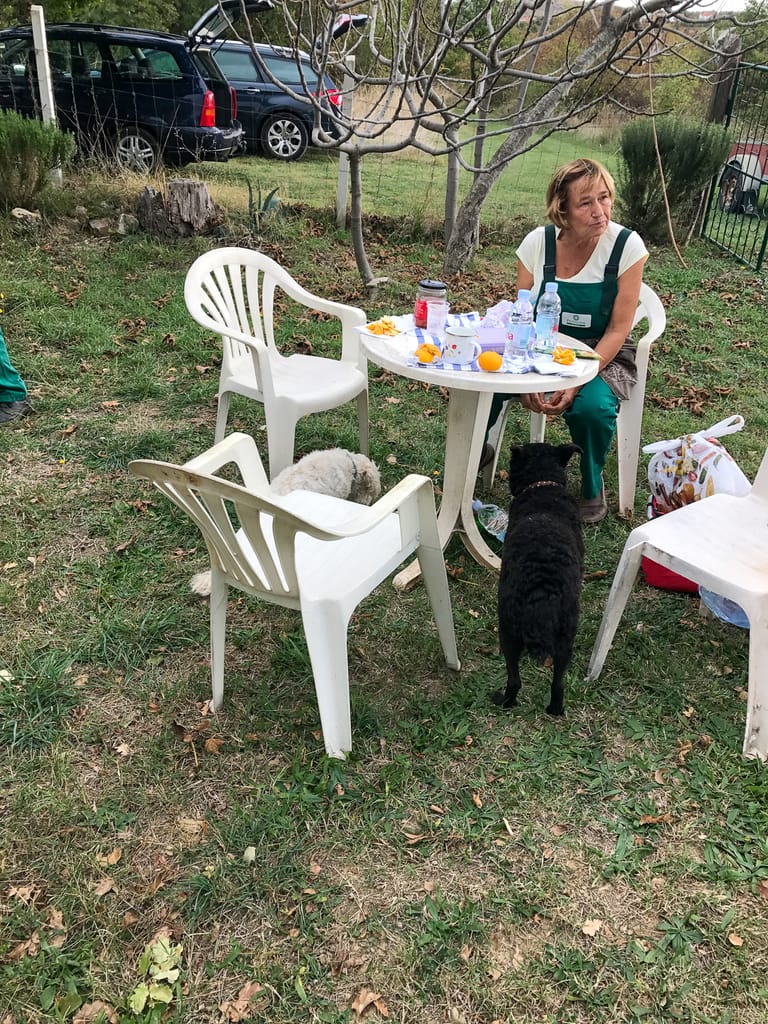
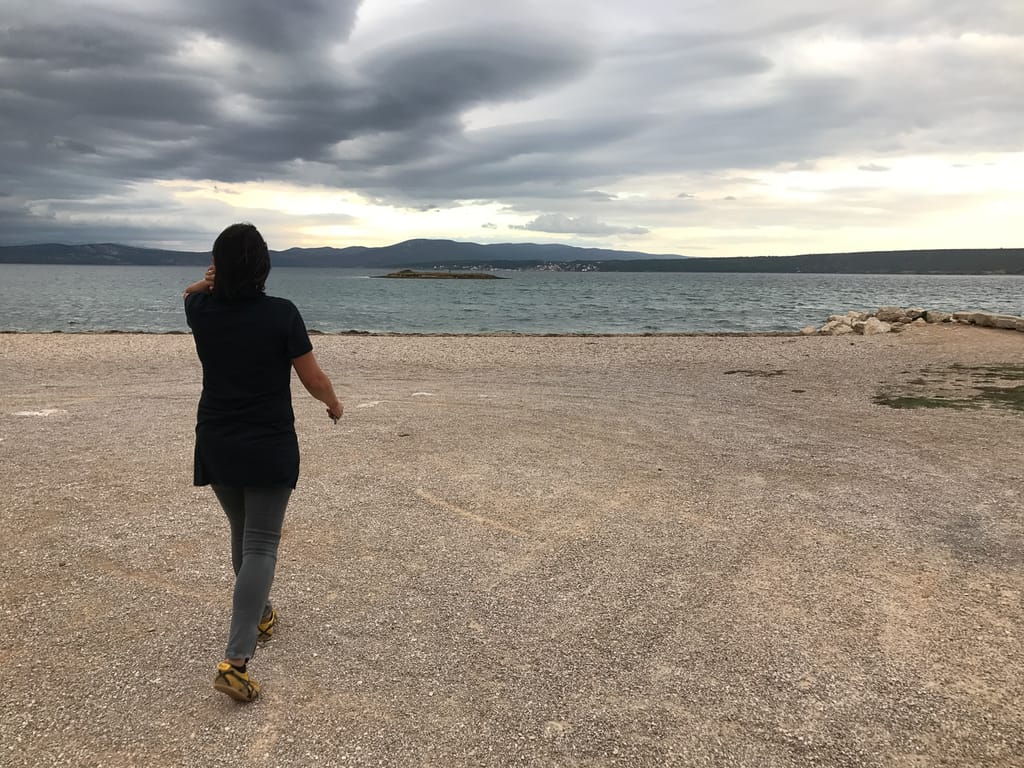
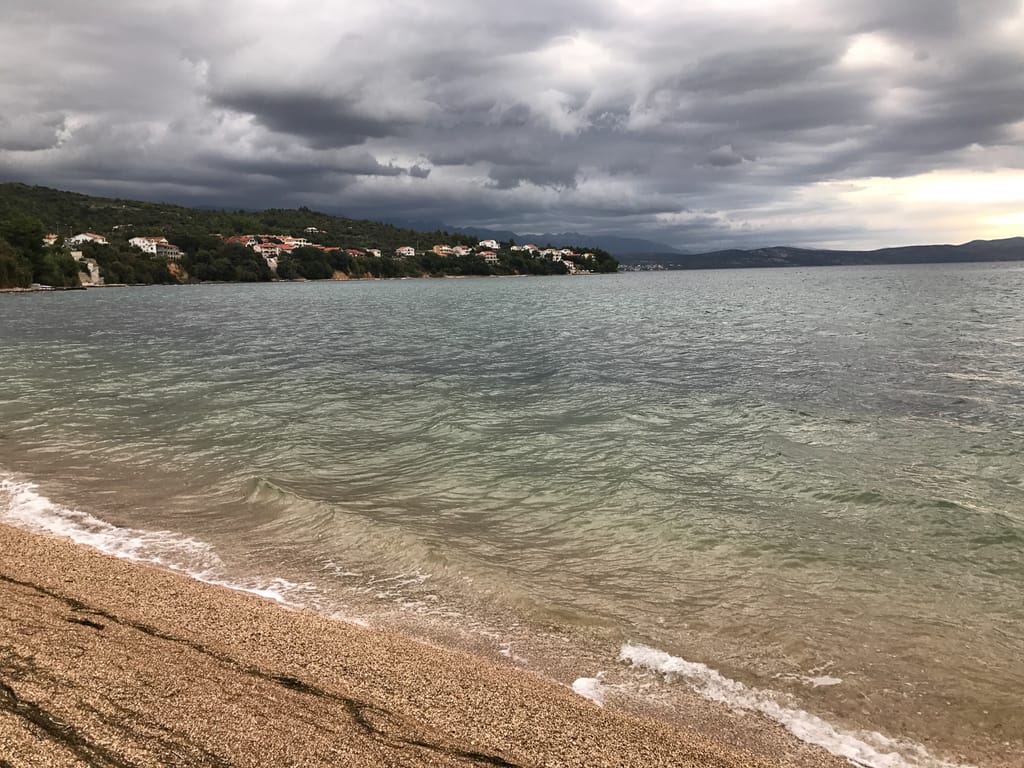
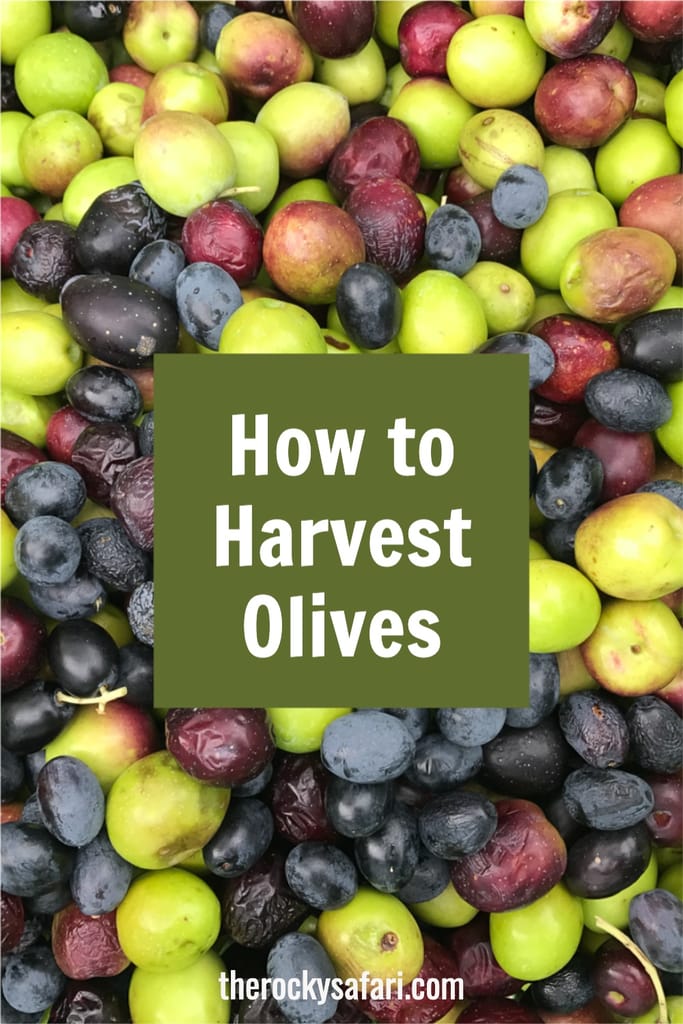
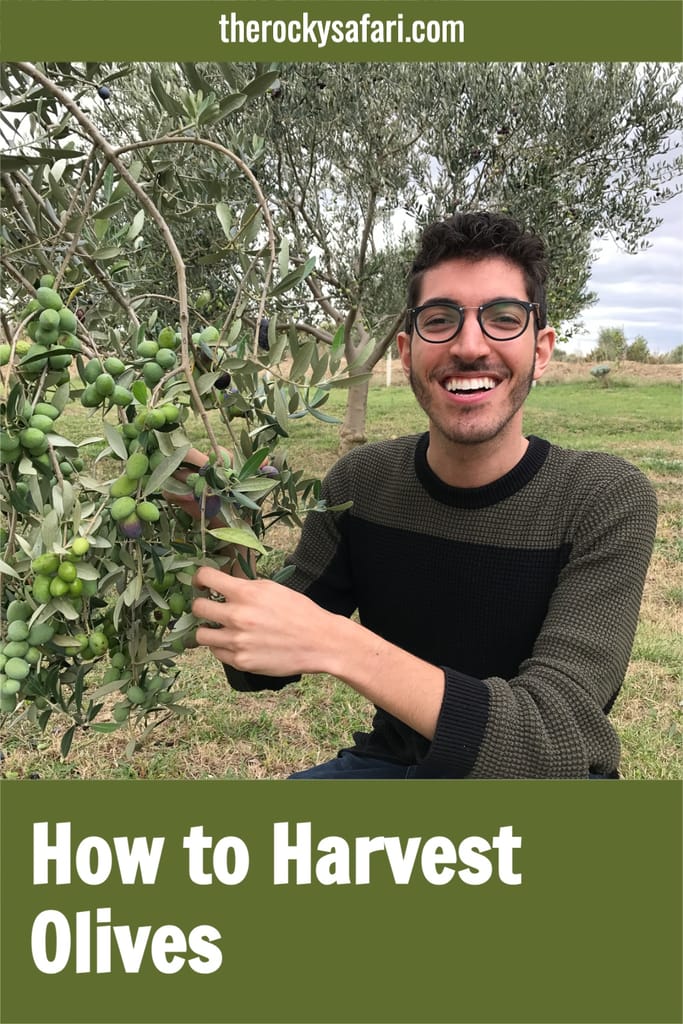
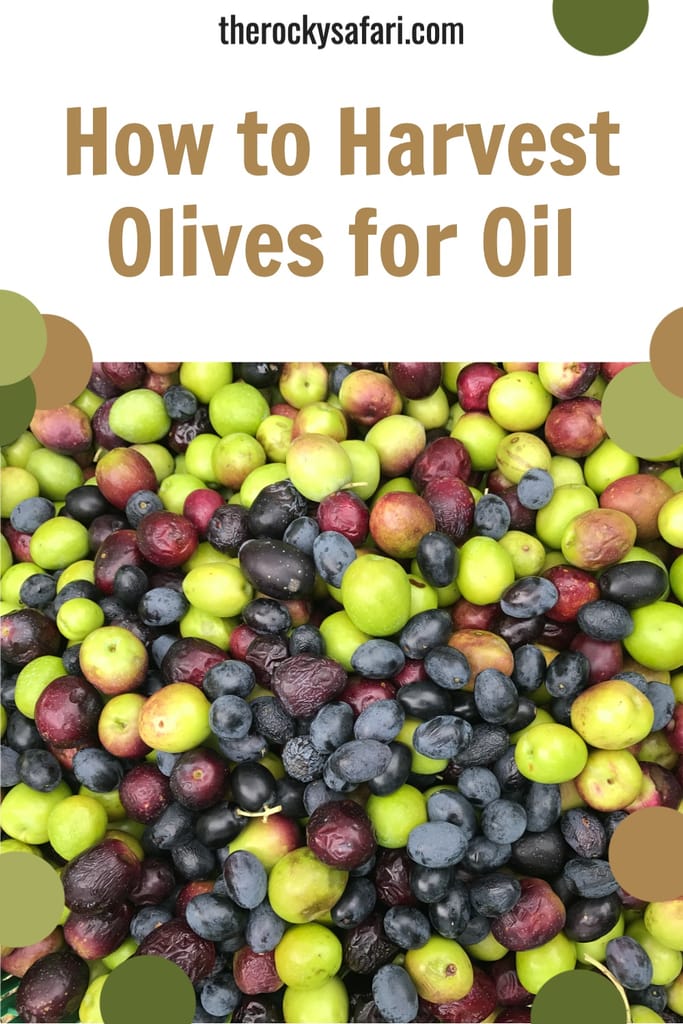
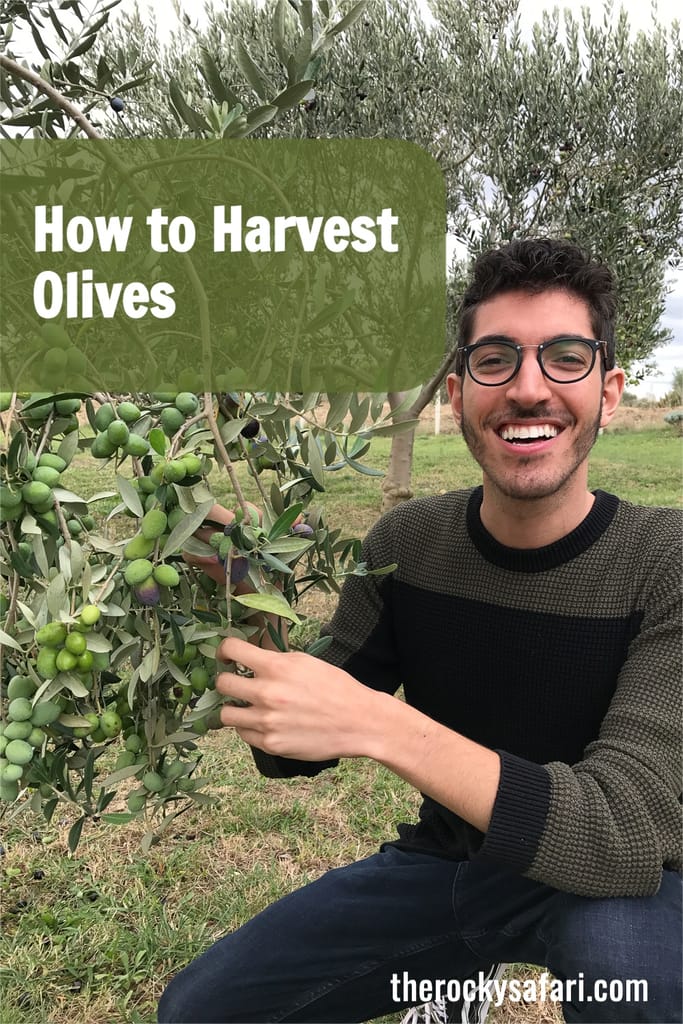

This was interesting. I never knew so much just went into harvesting the trees. What a wonderful experience for you to have.
Thanks! I’m glad you thought so! 🙂 By far, this was one of my most memorable experiences while traveling. The olives were just beautiful to be around and the family was so welcoming. I really enjoyed that day.
You’re welcome.